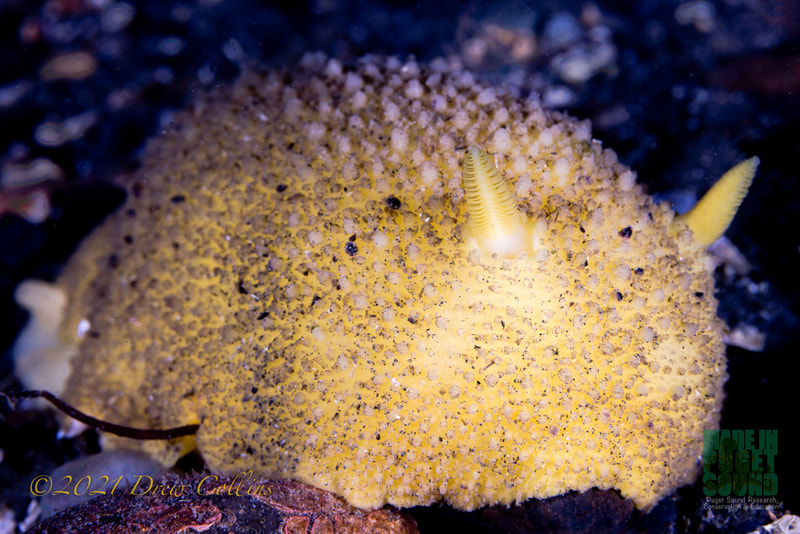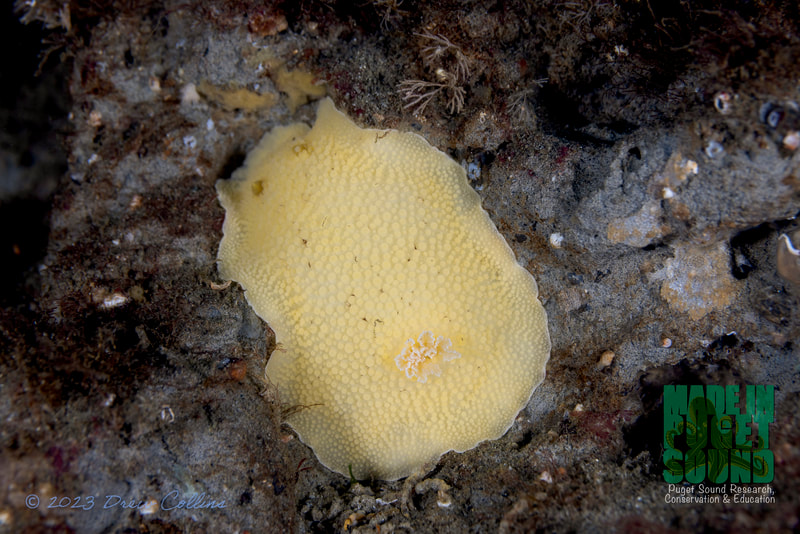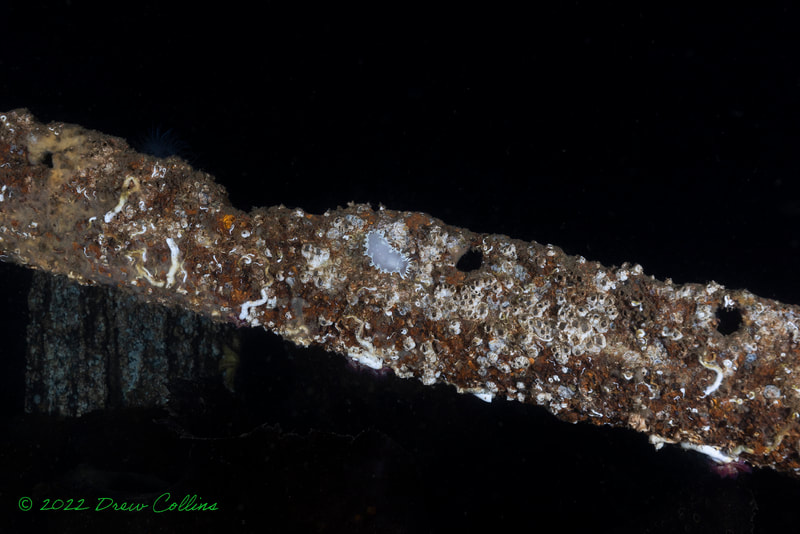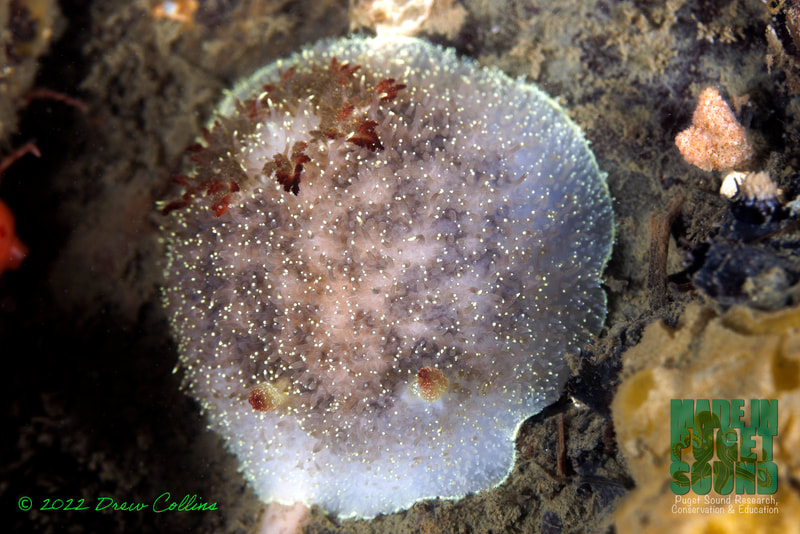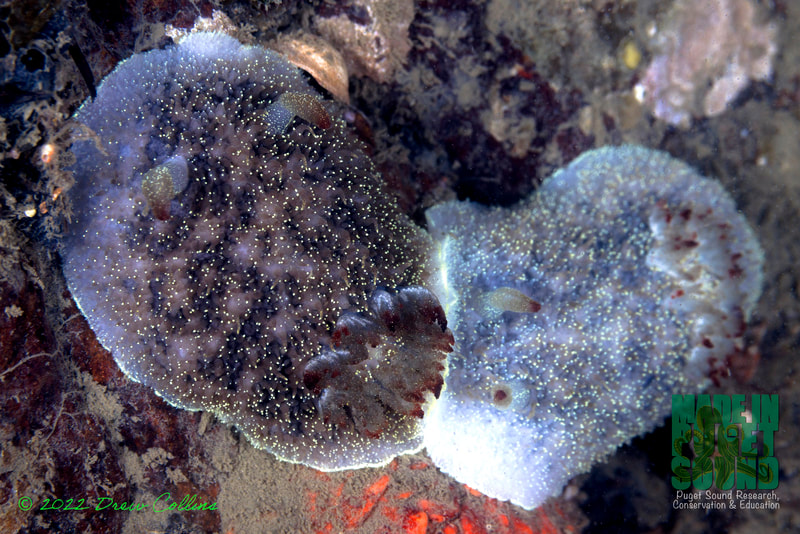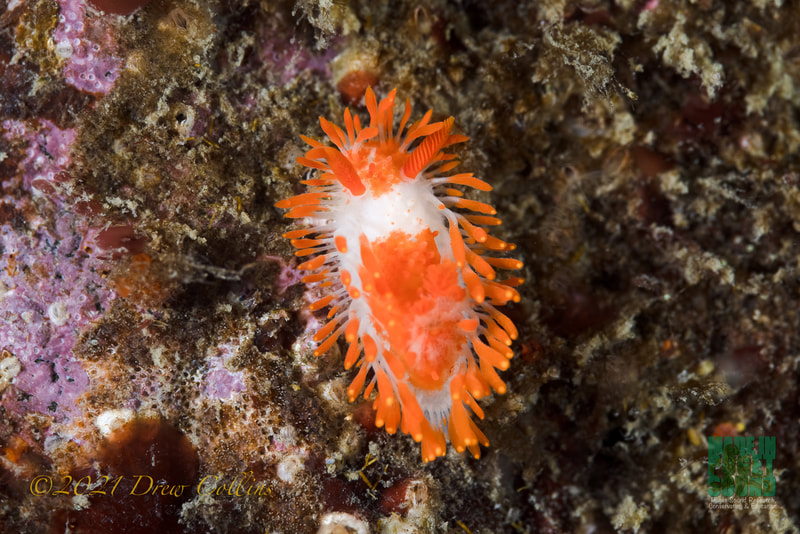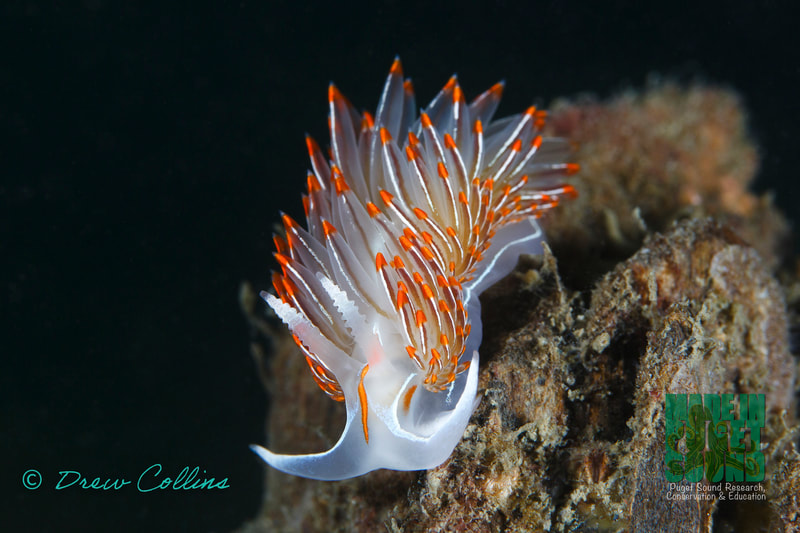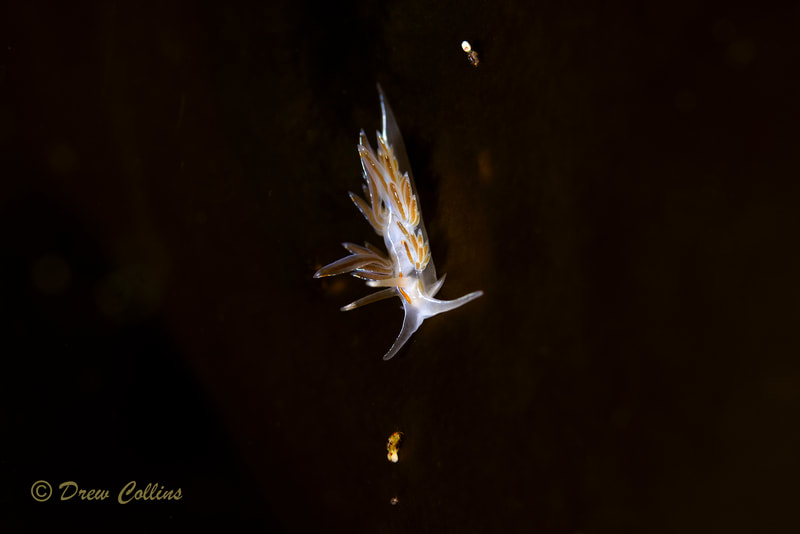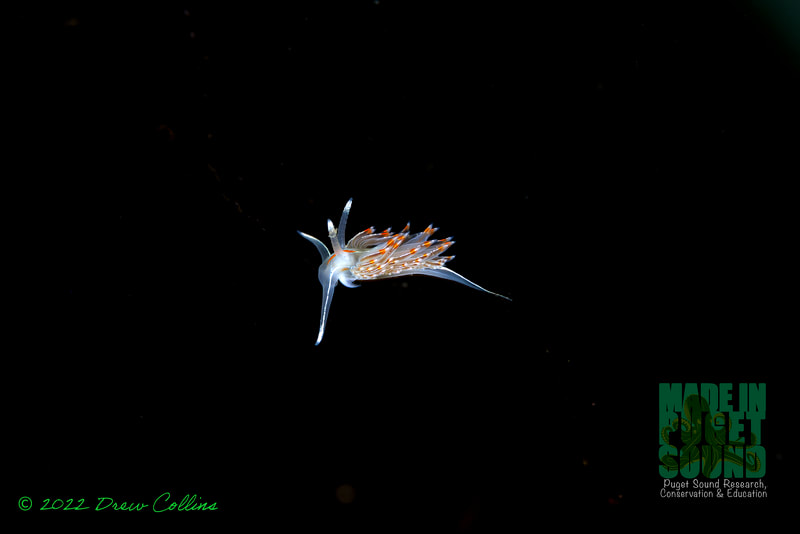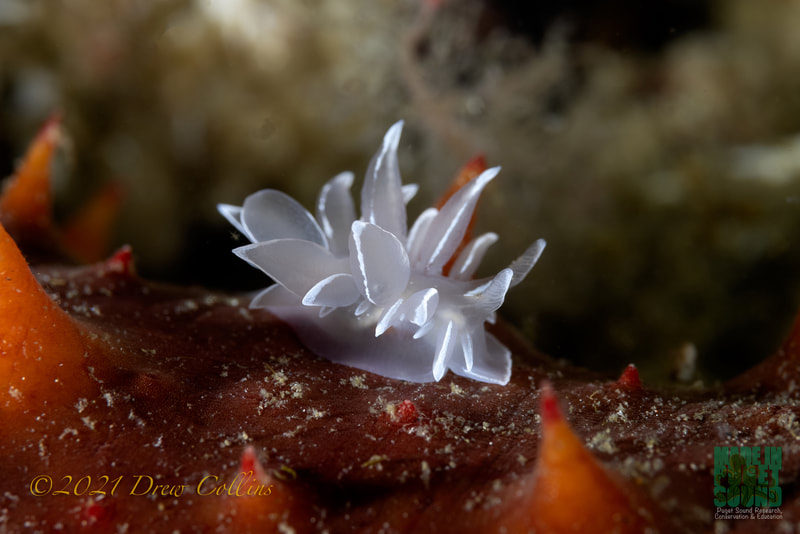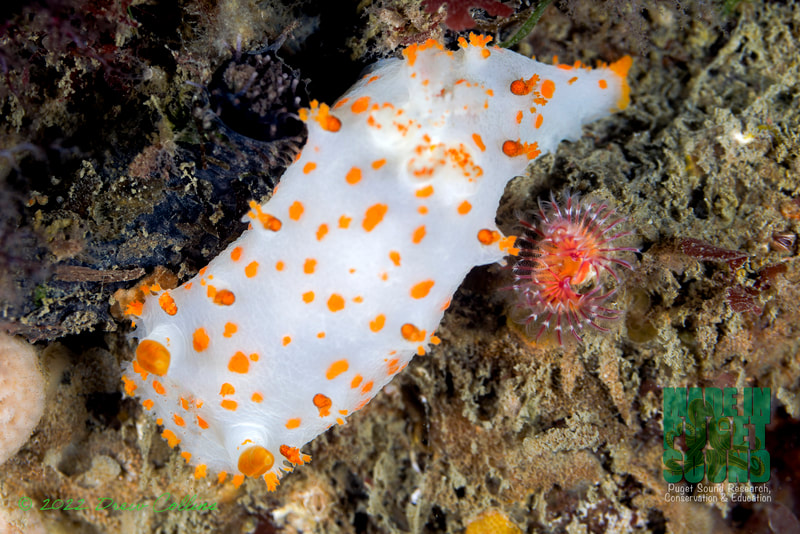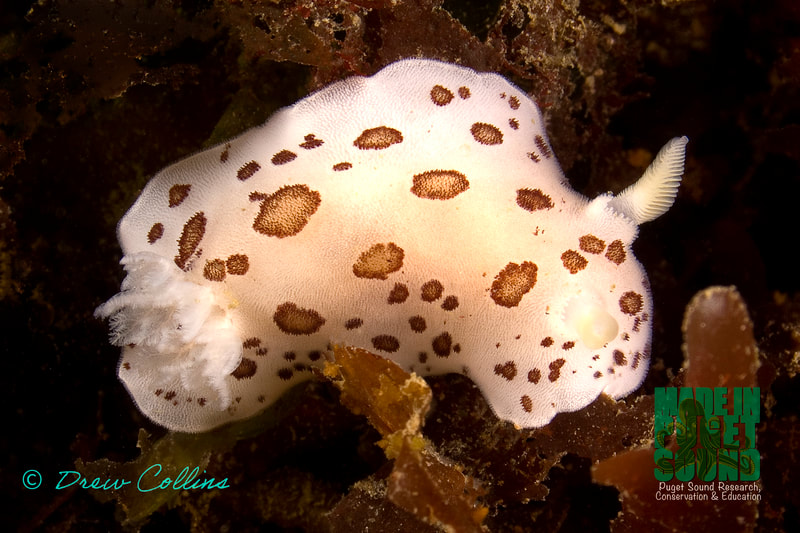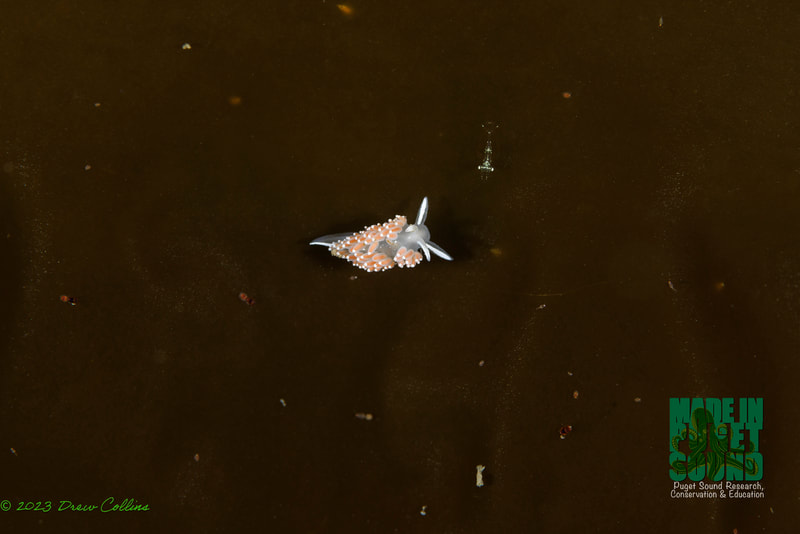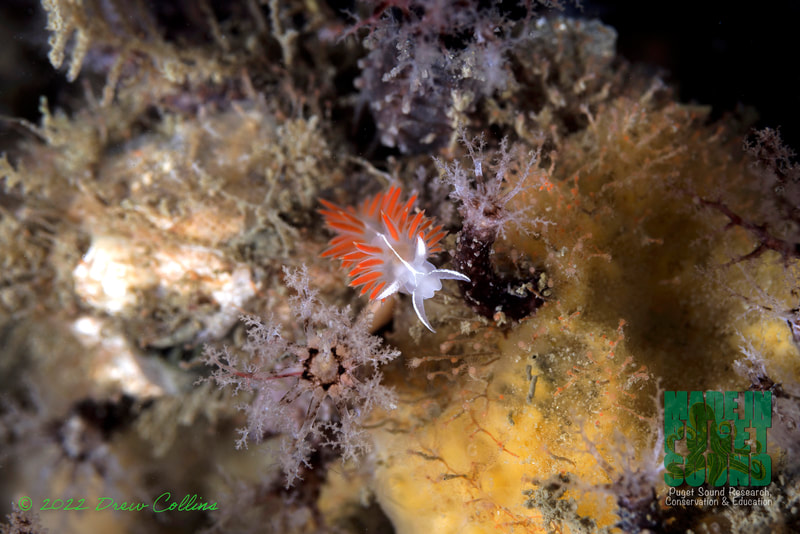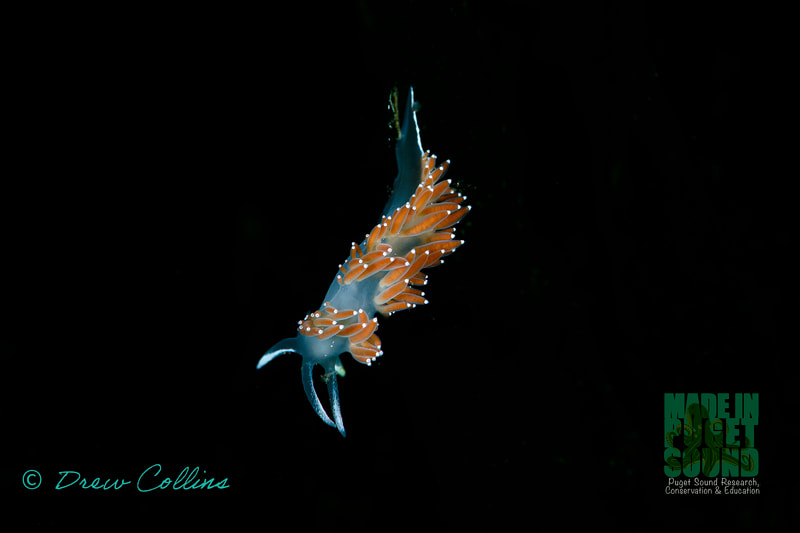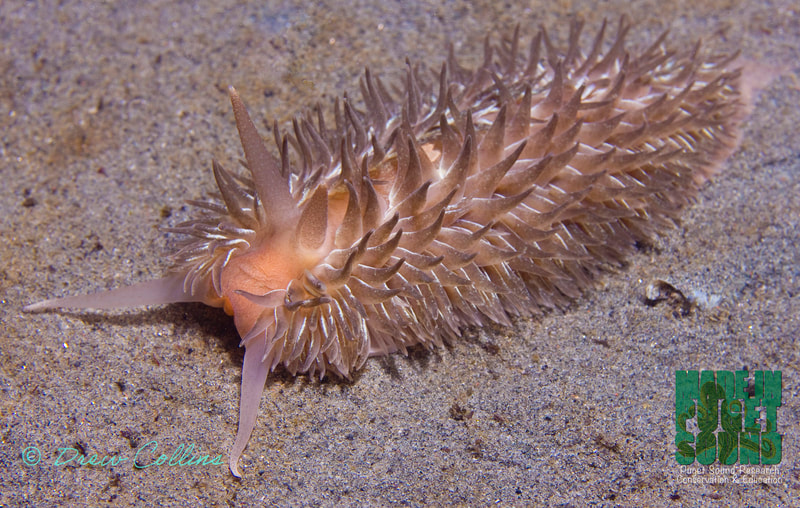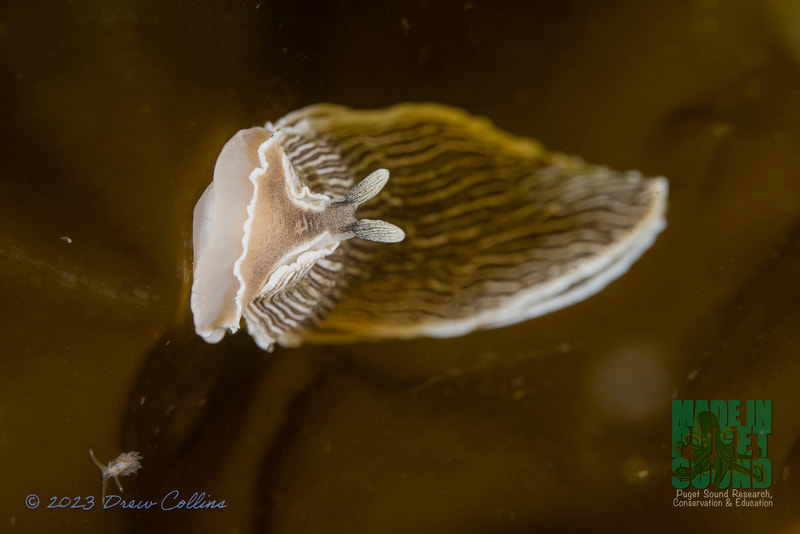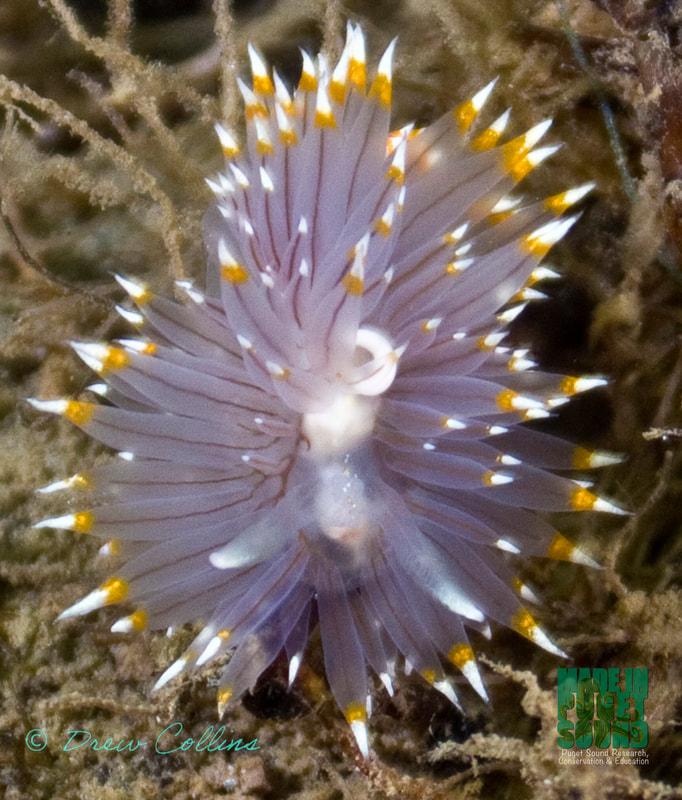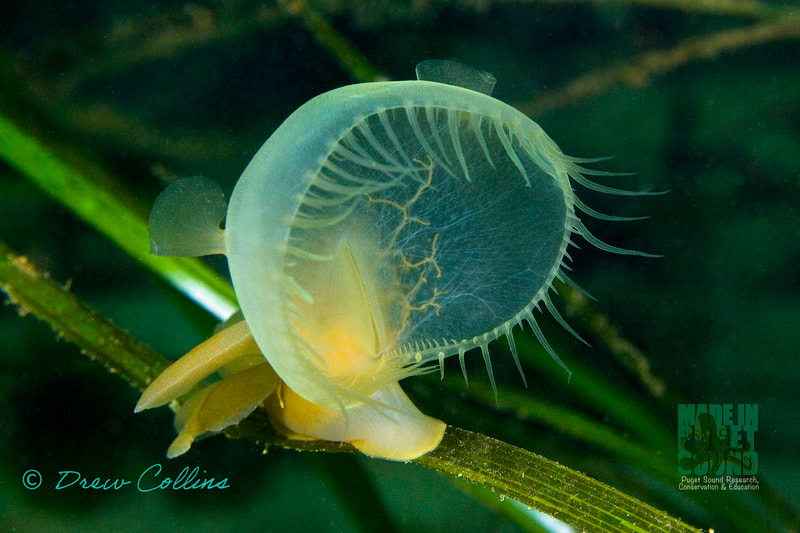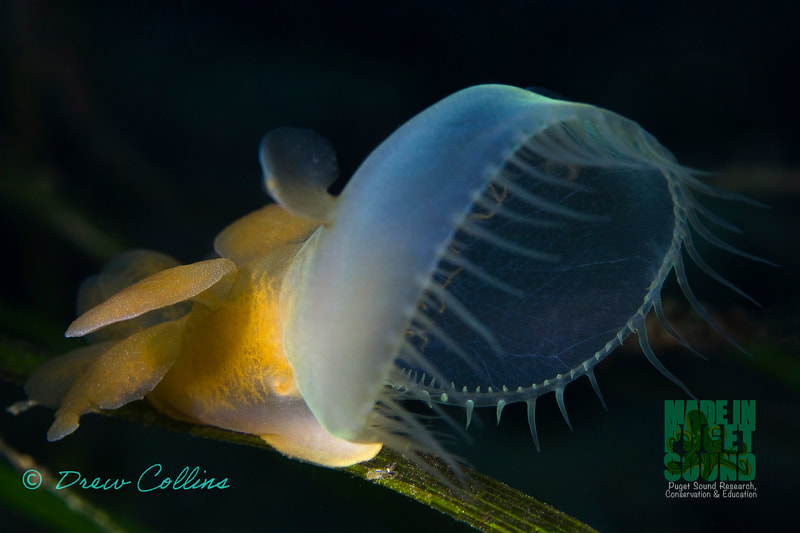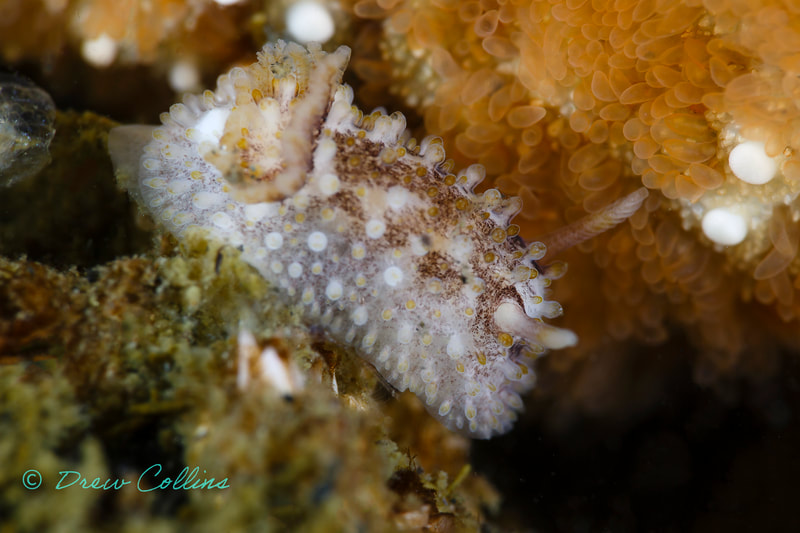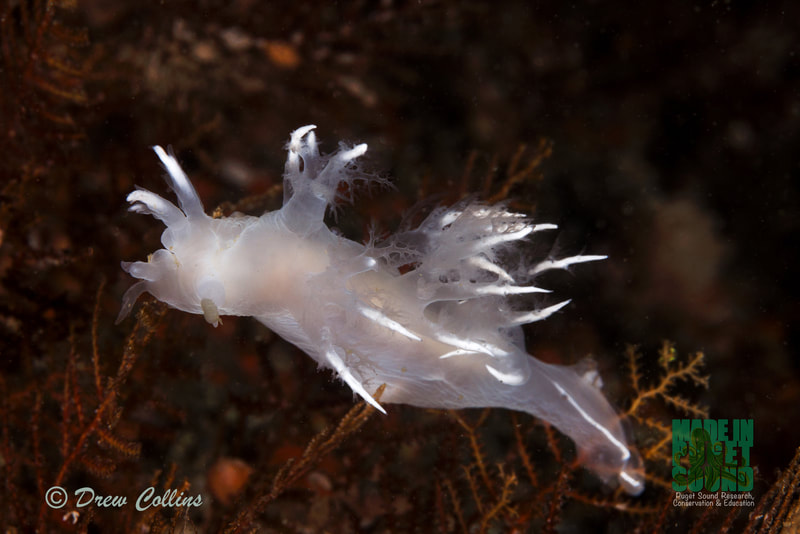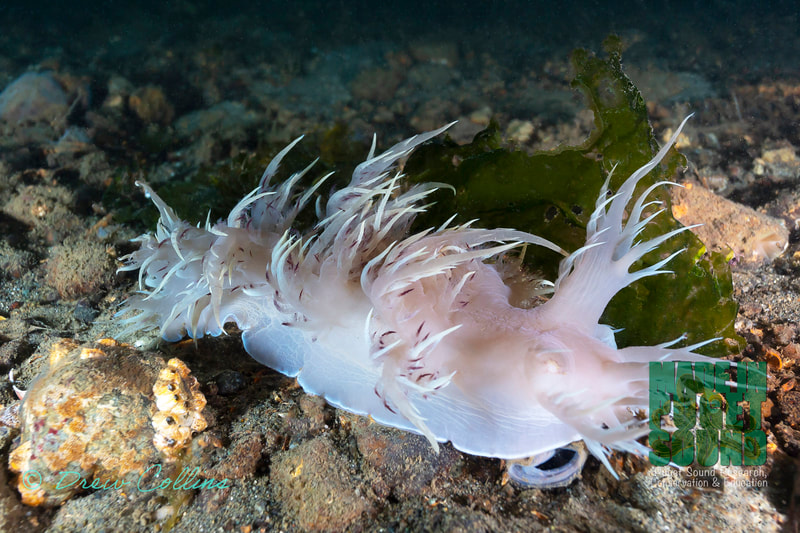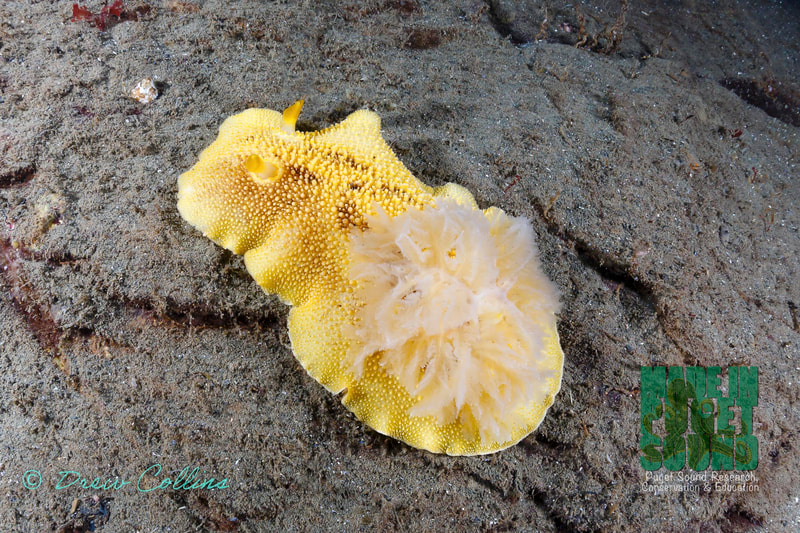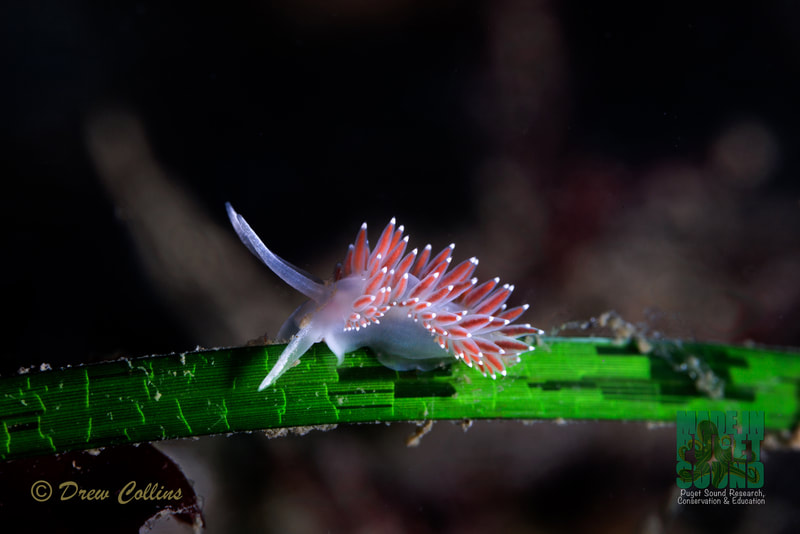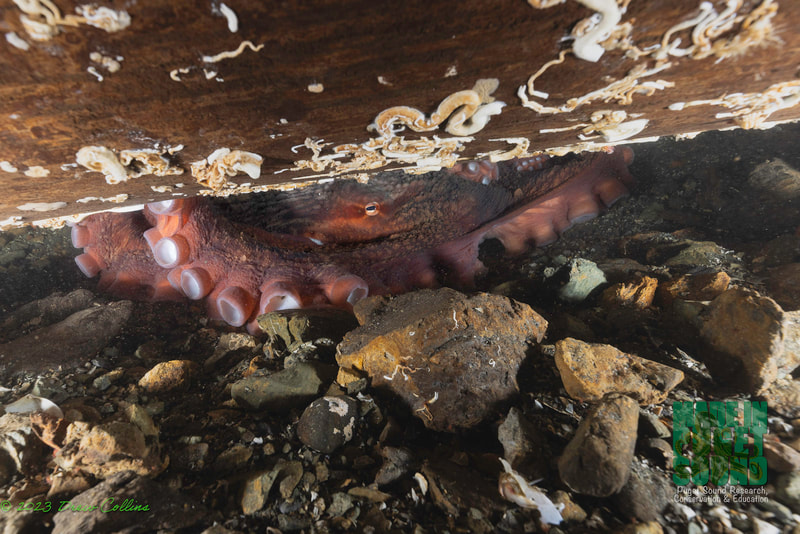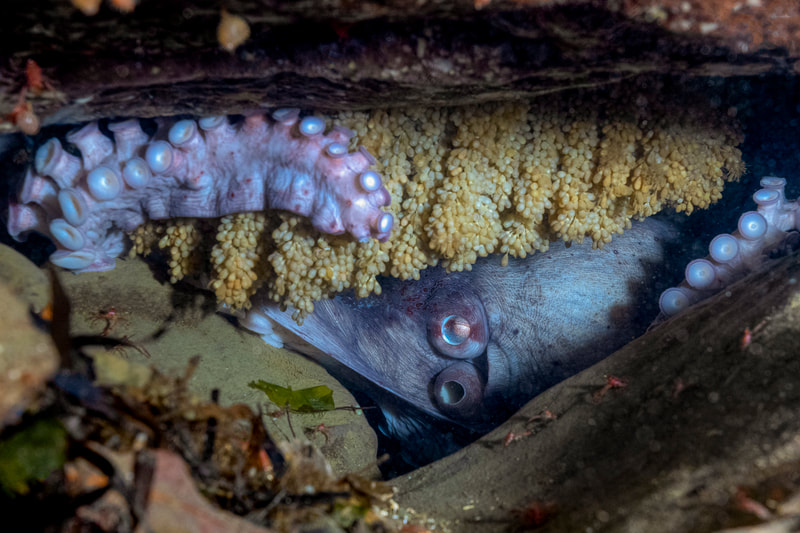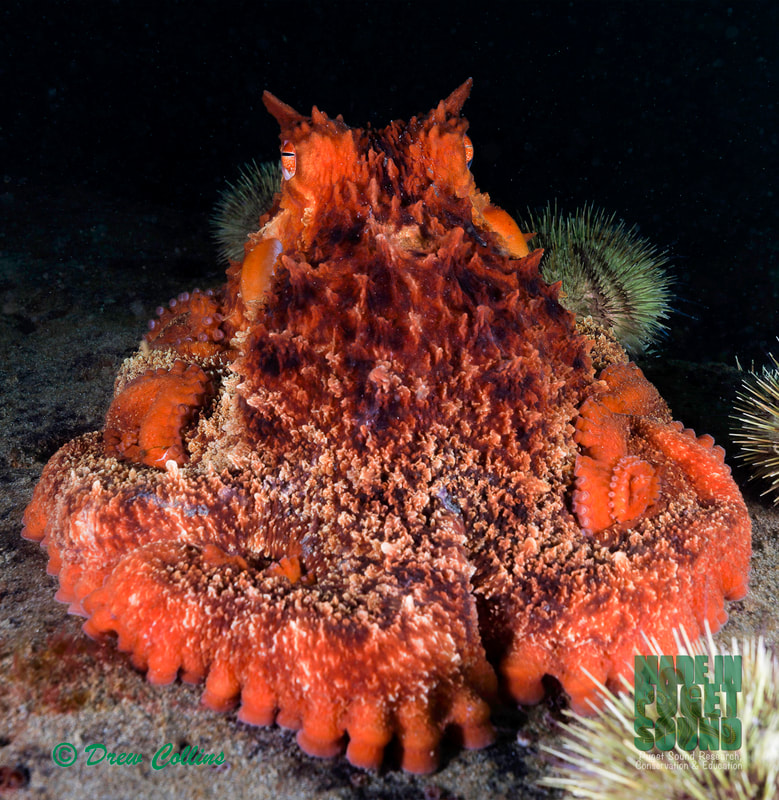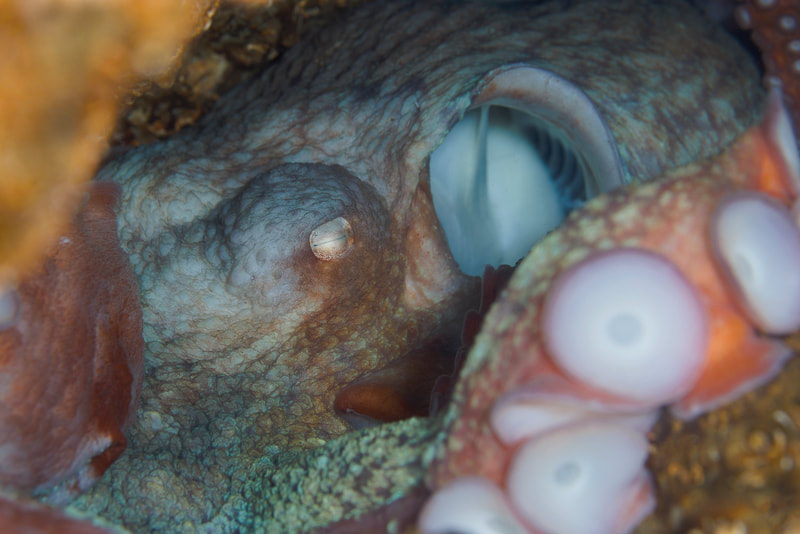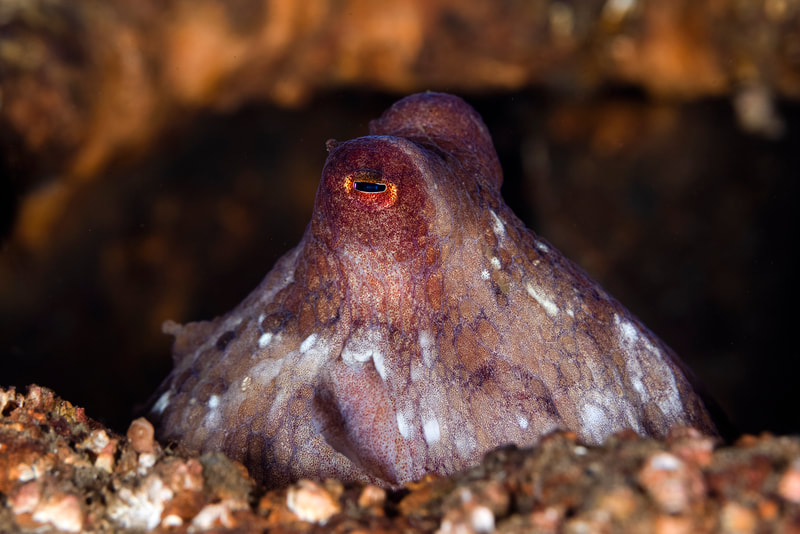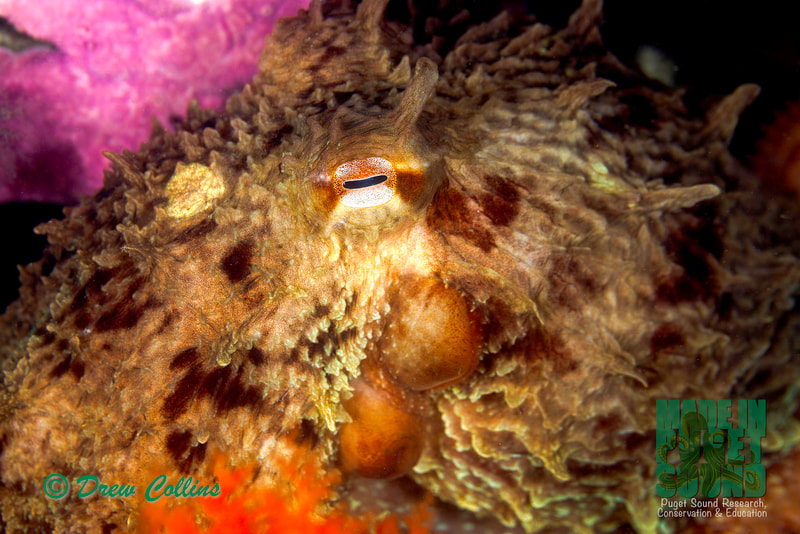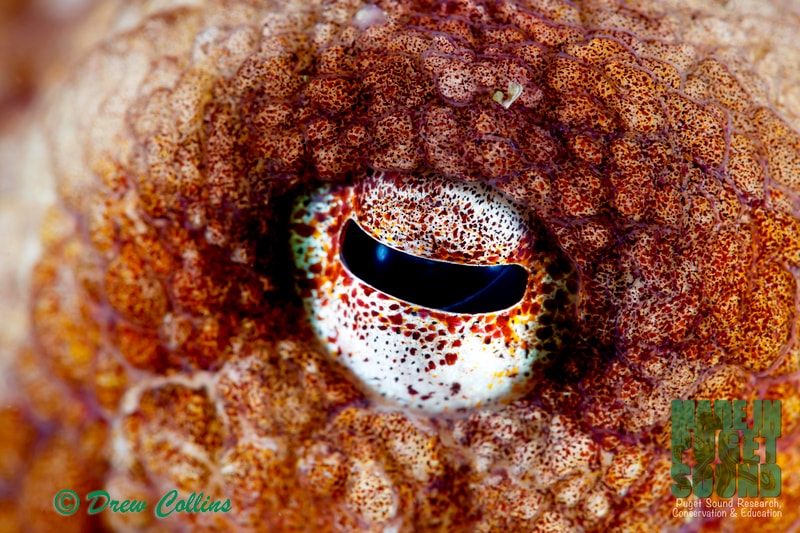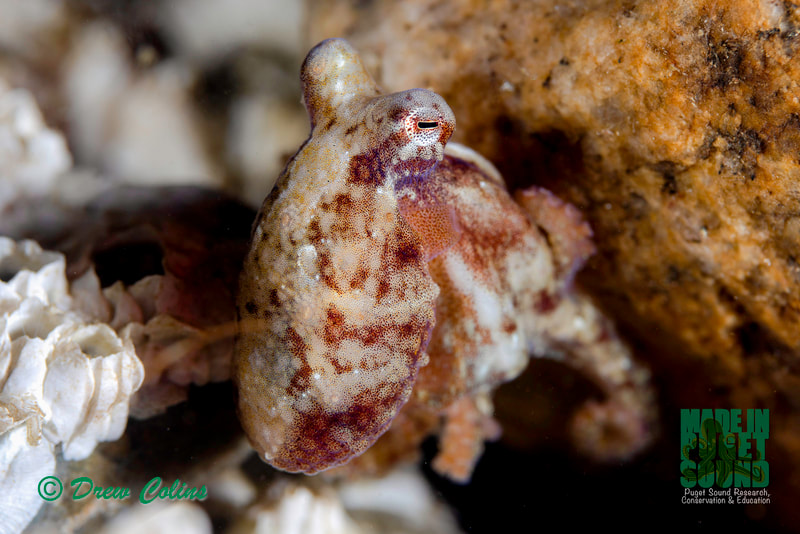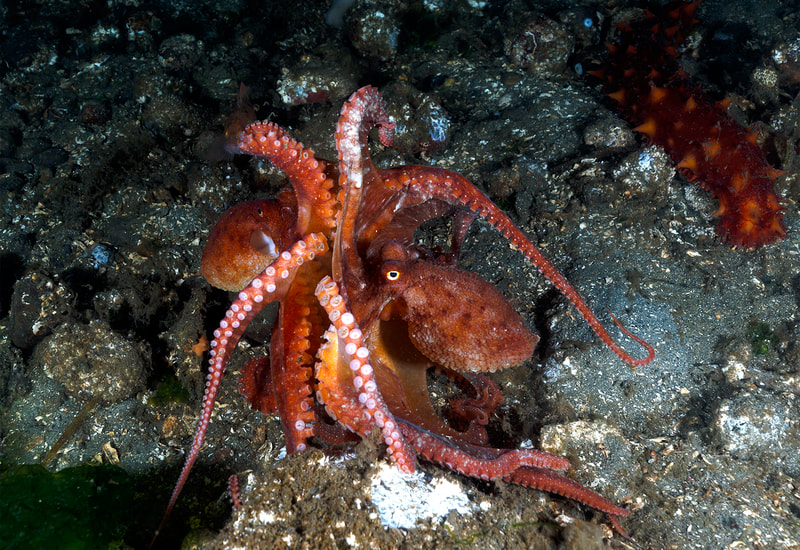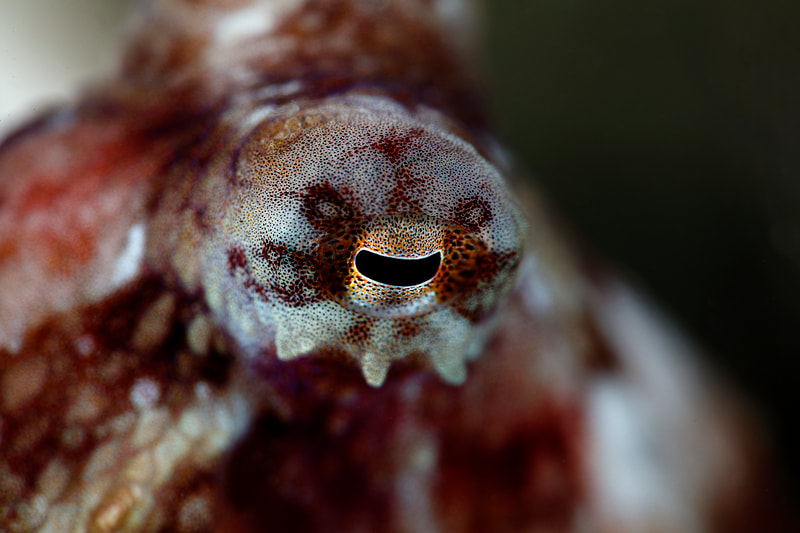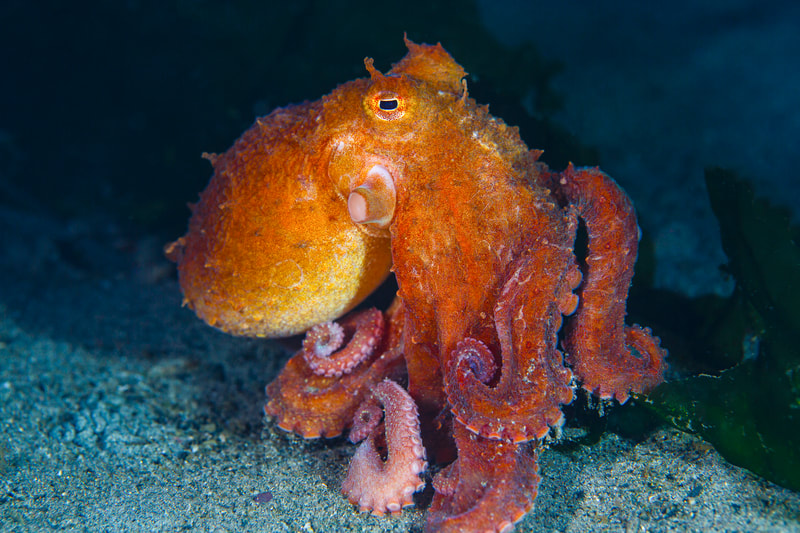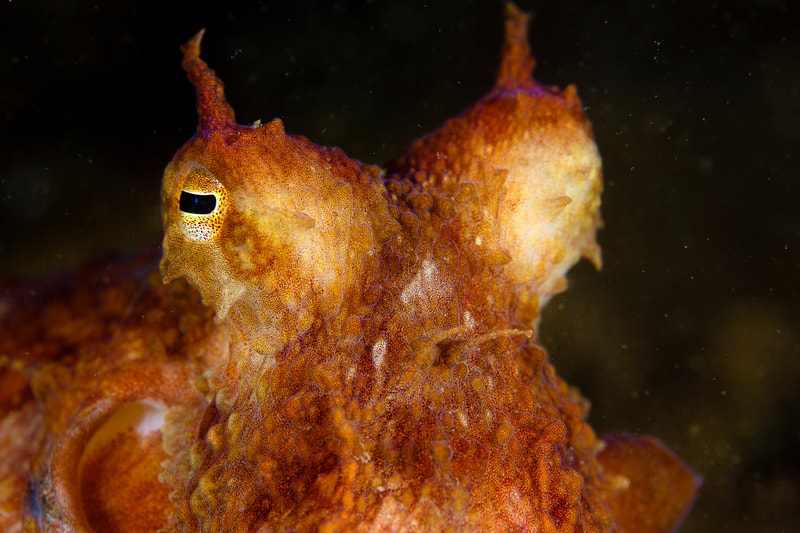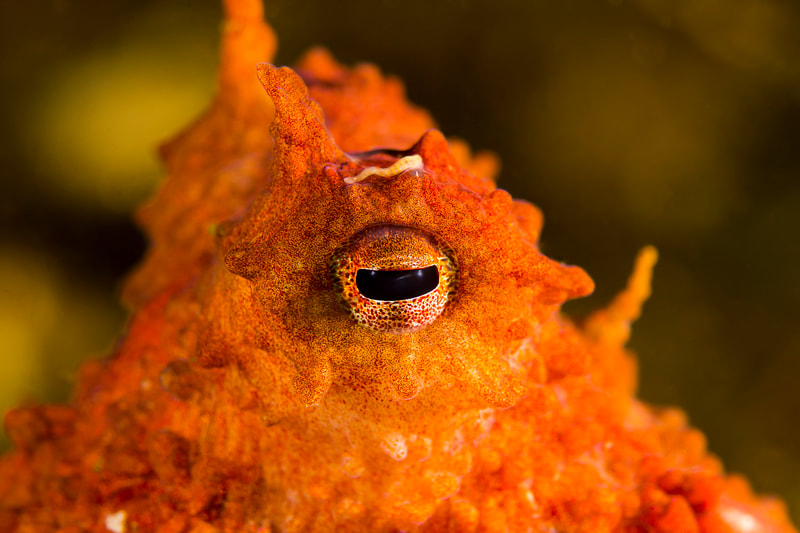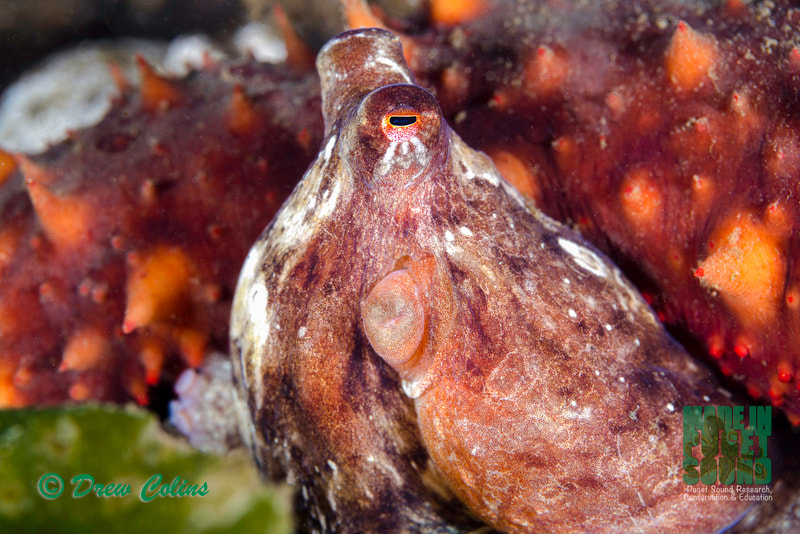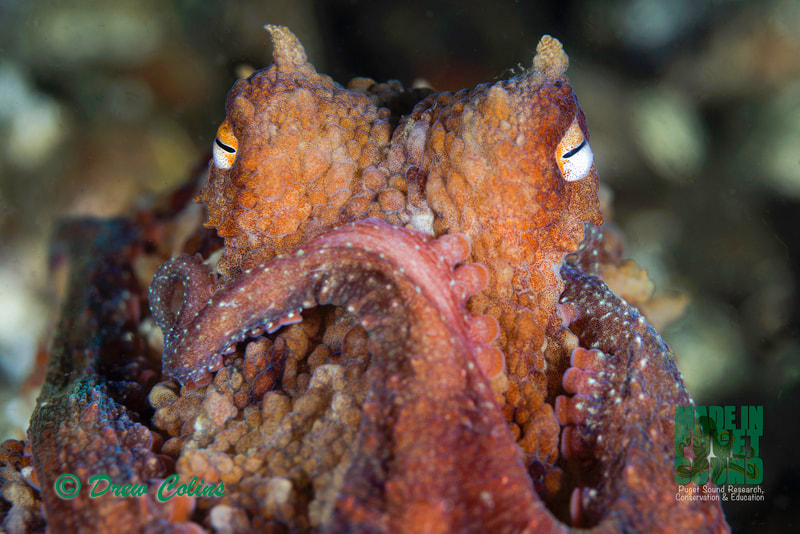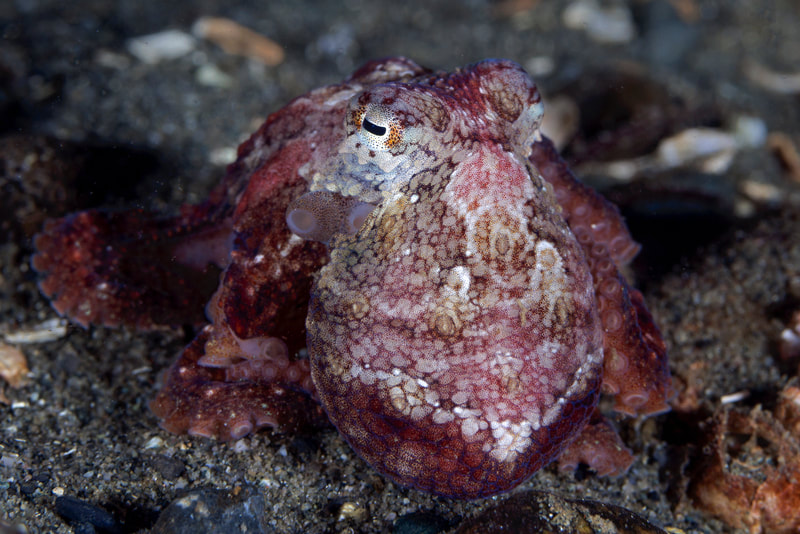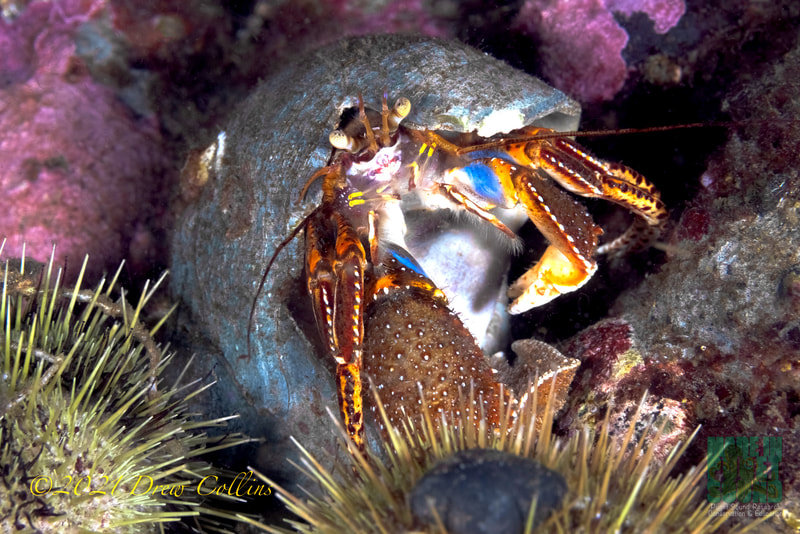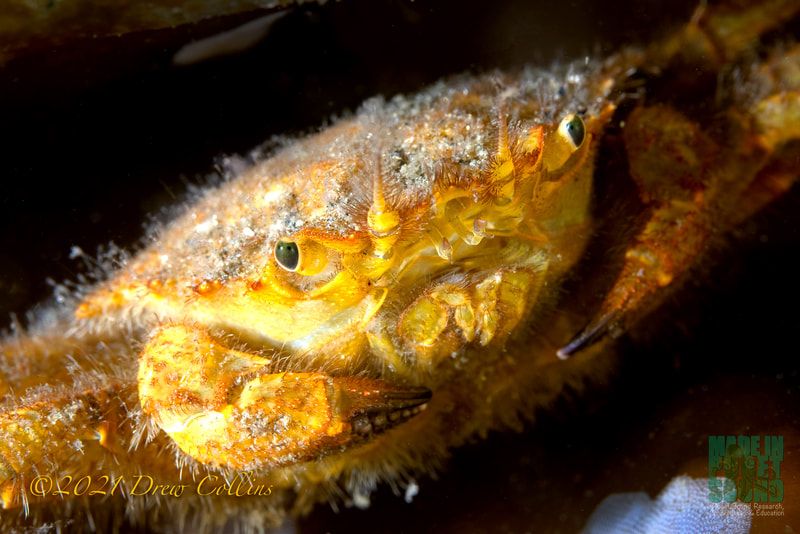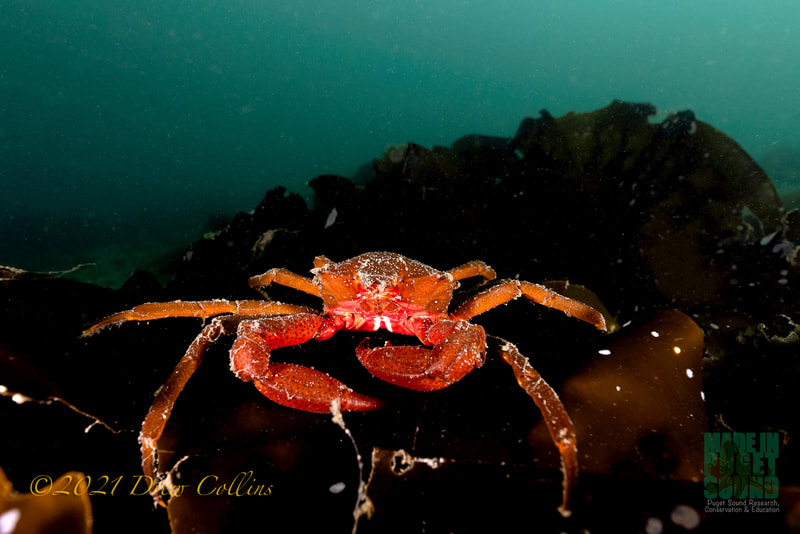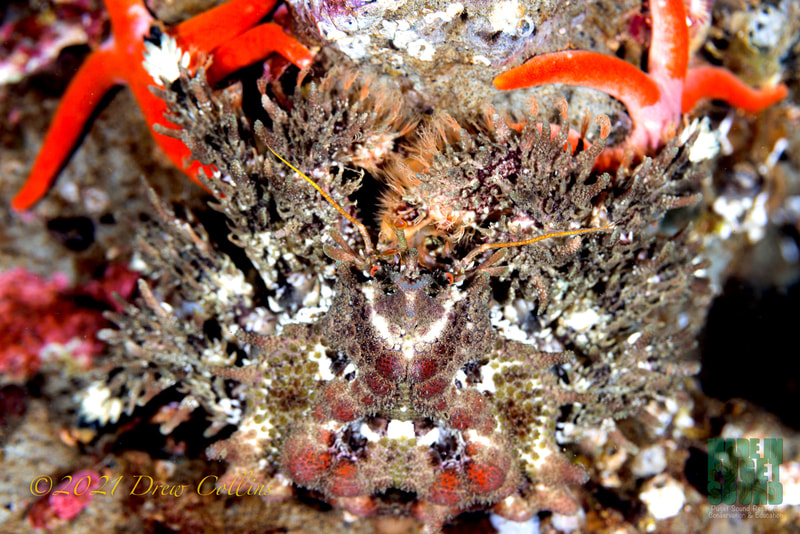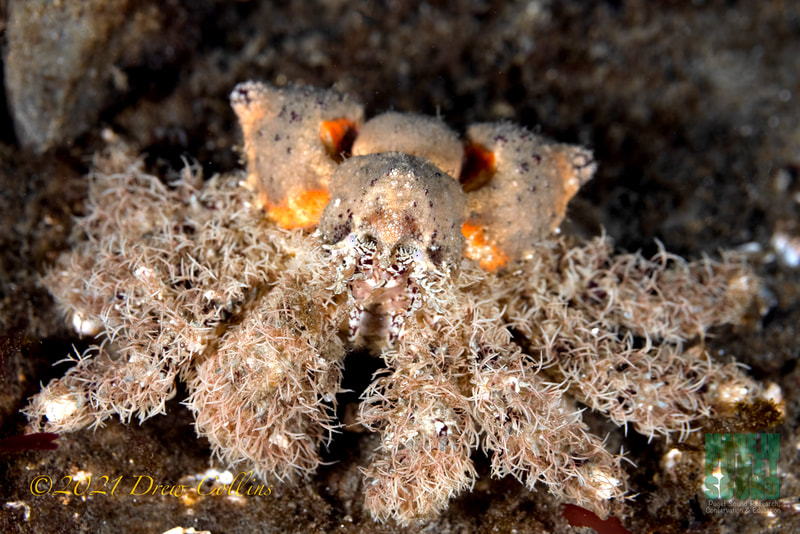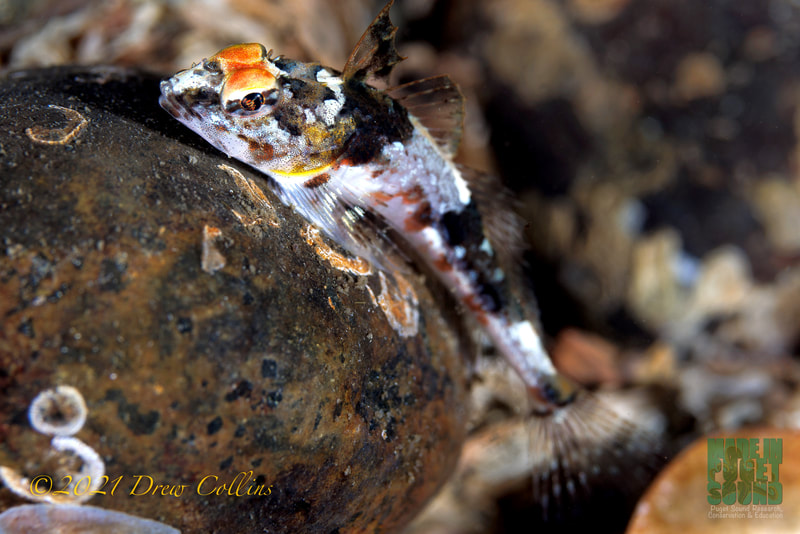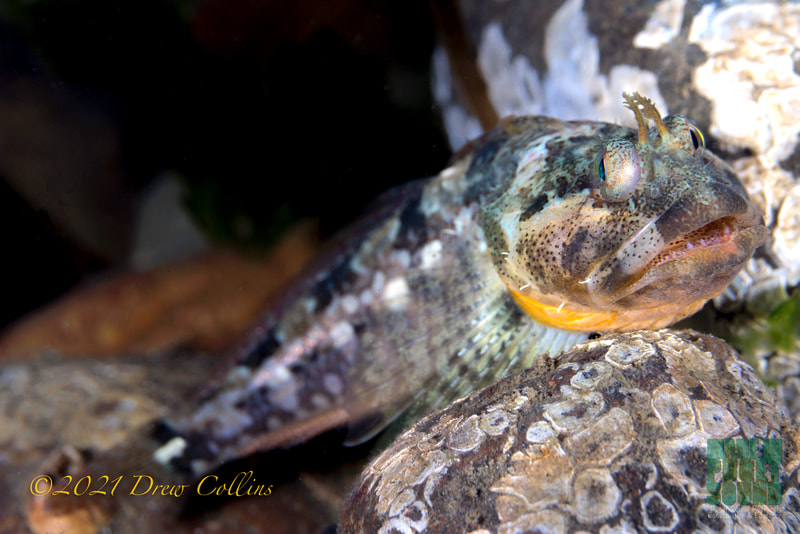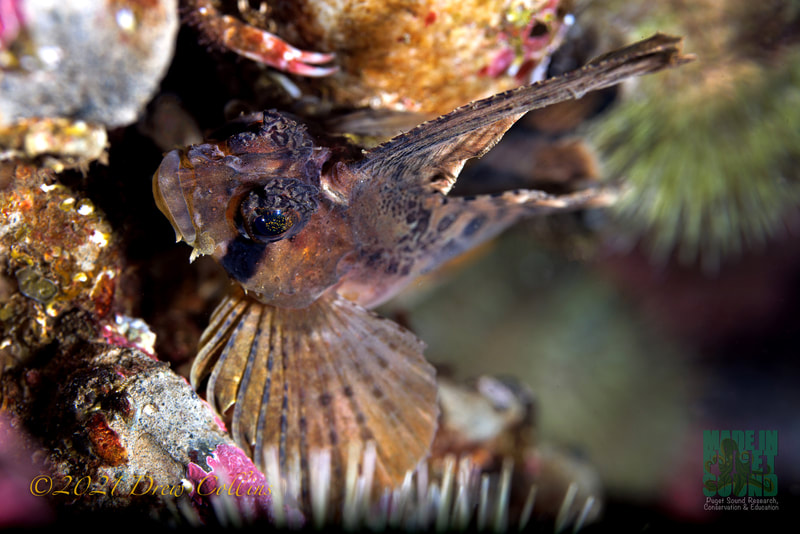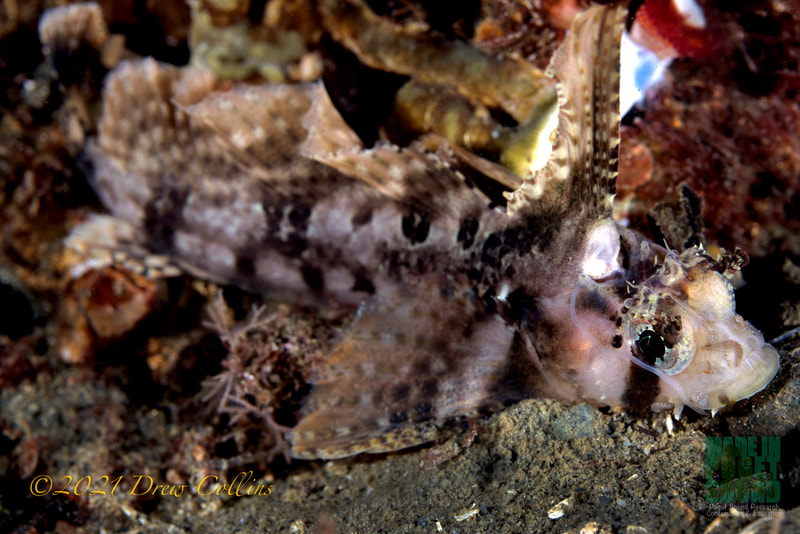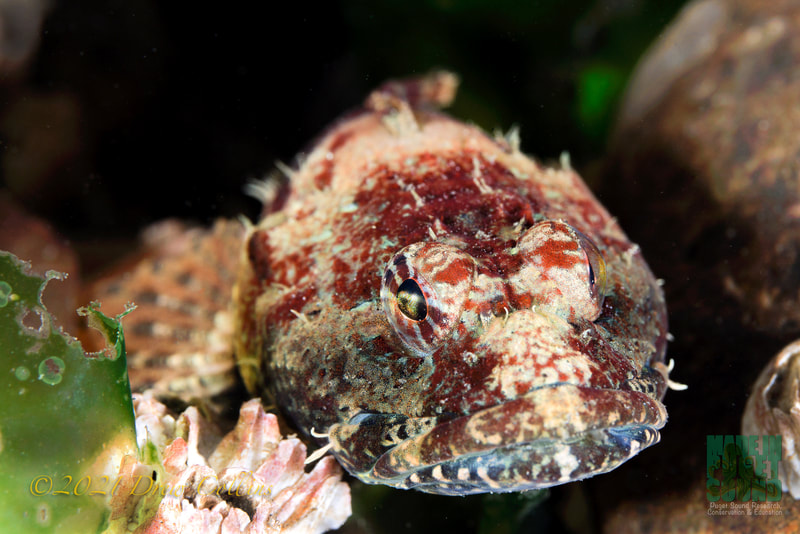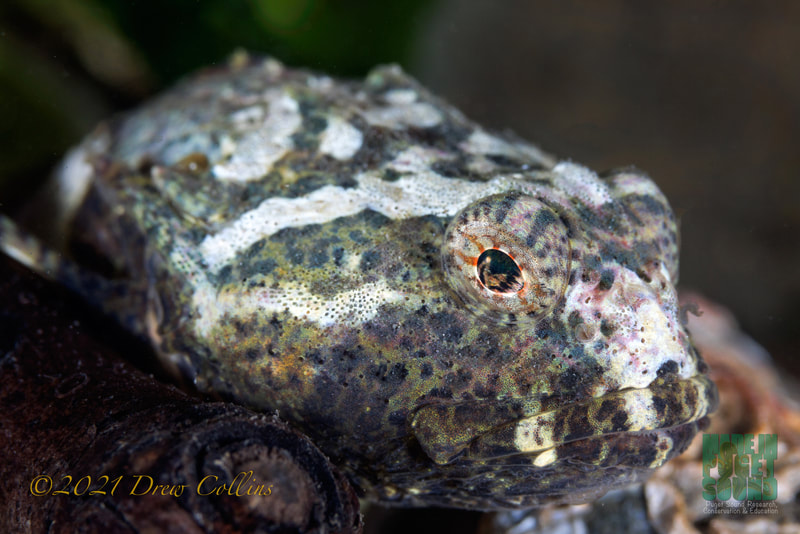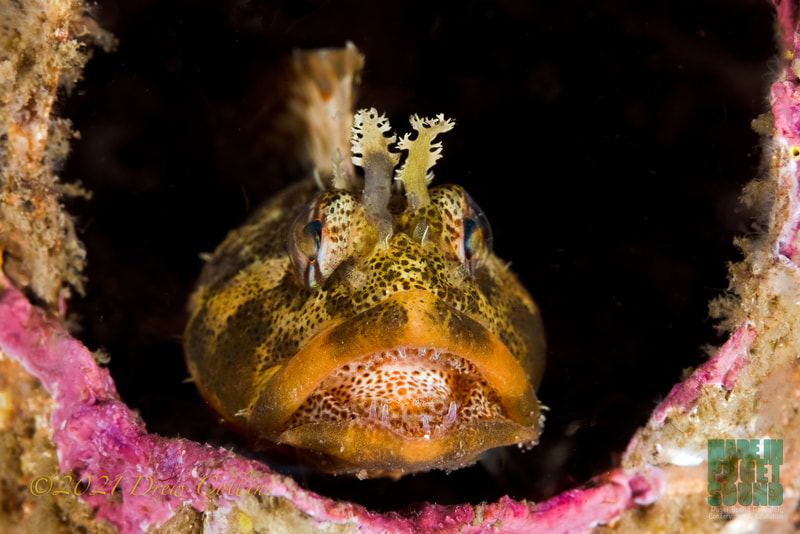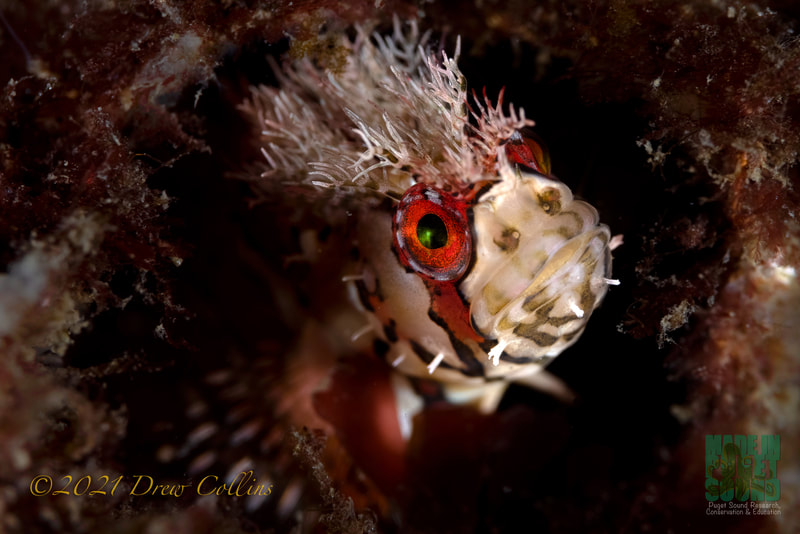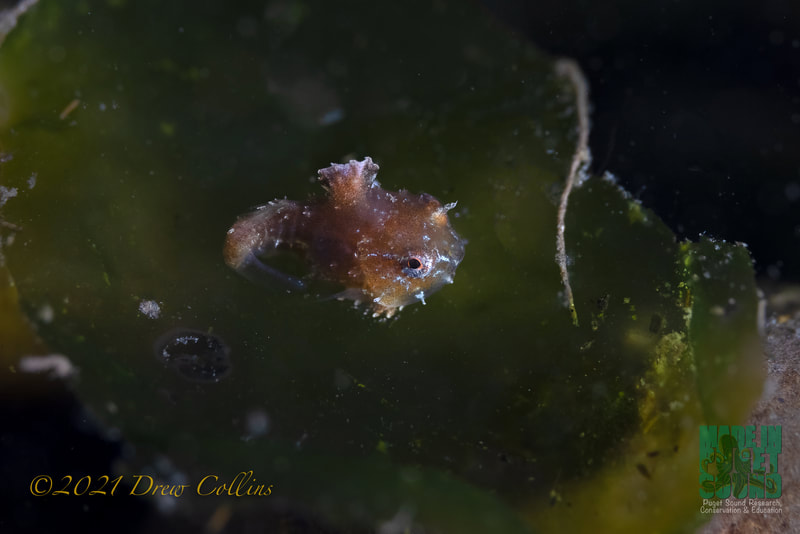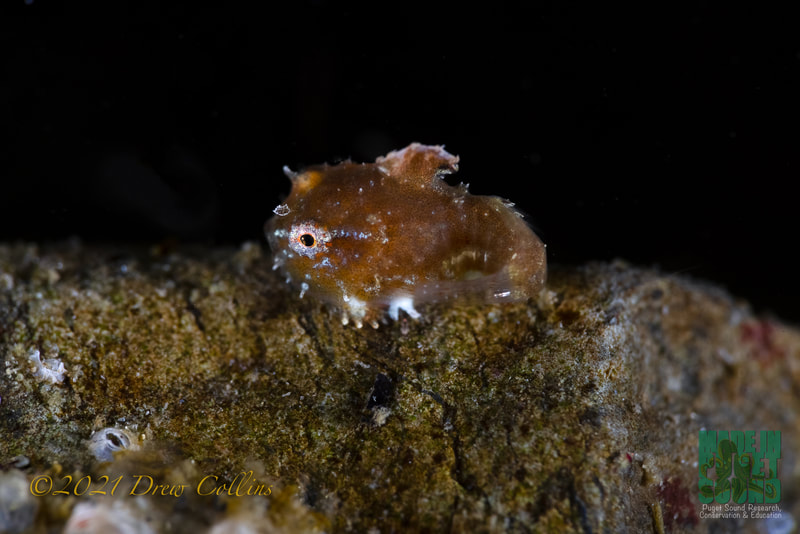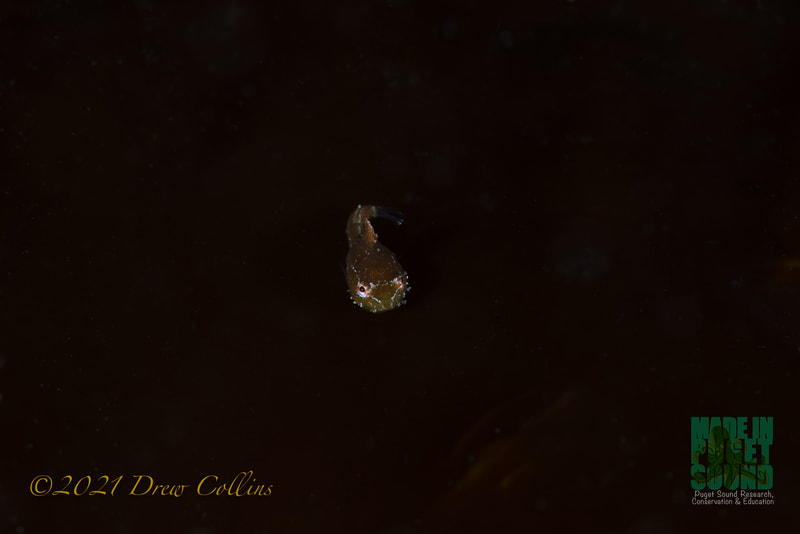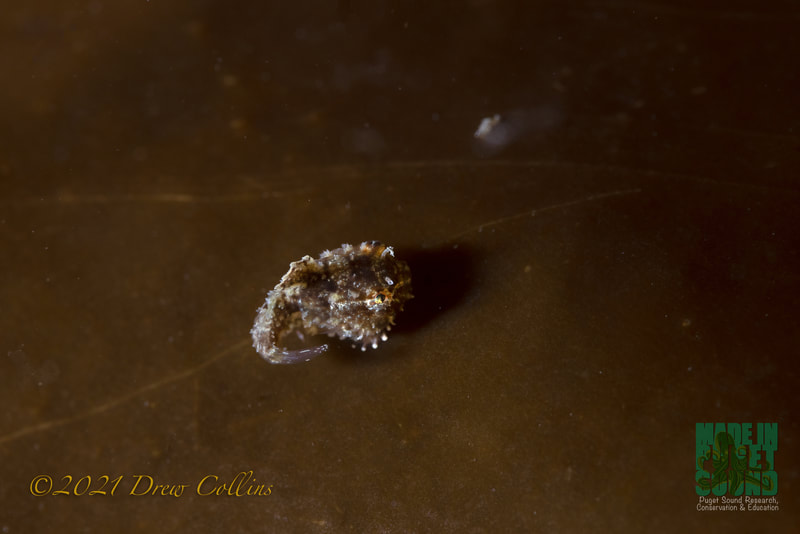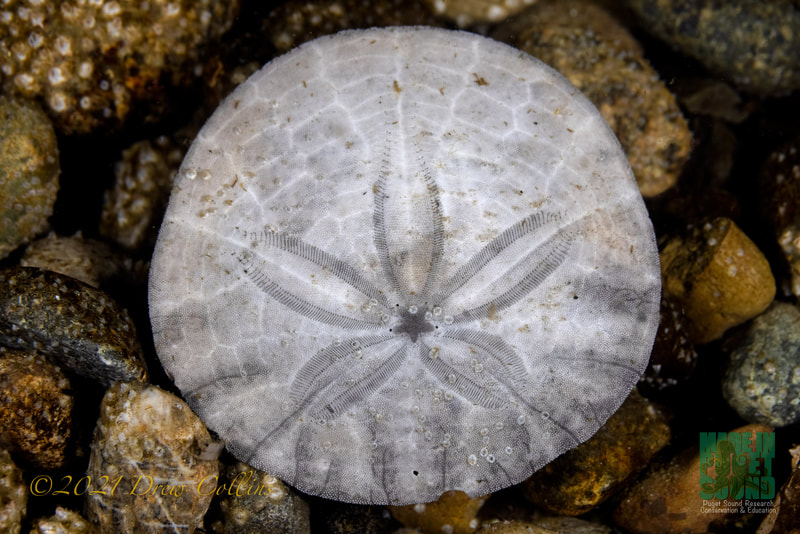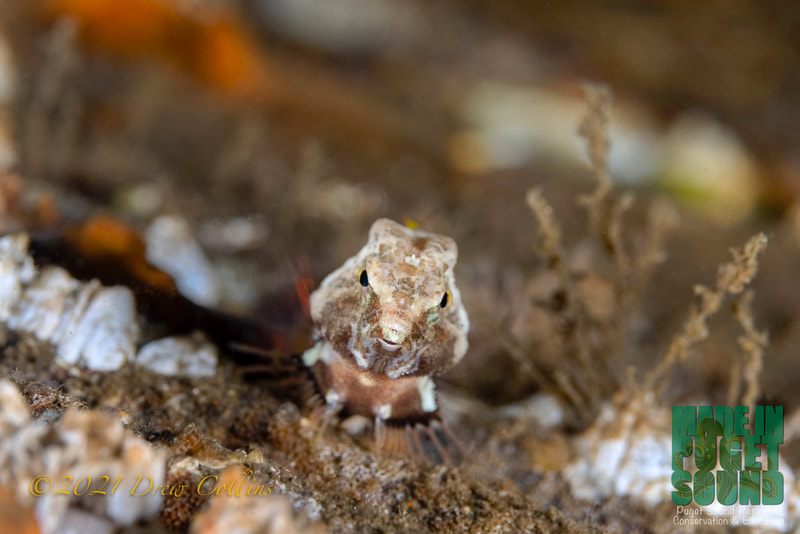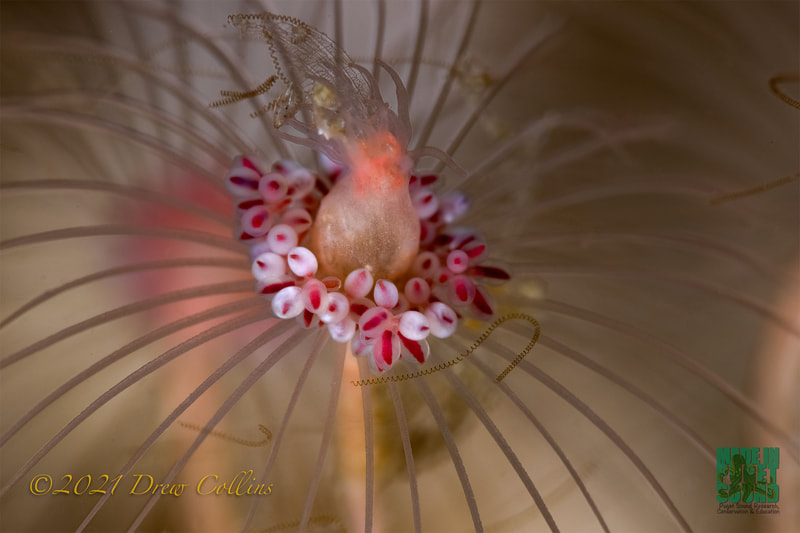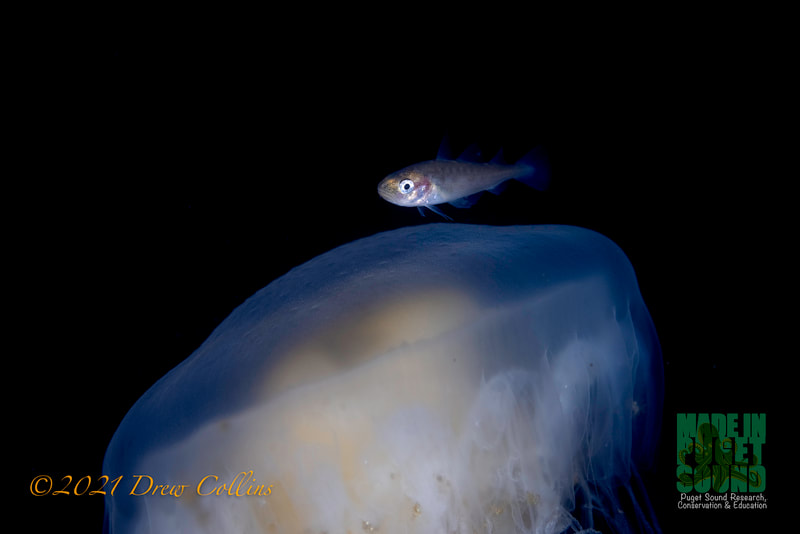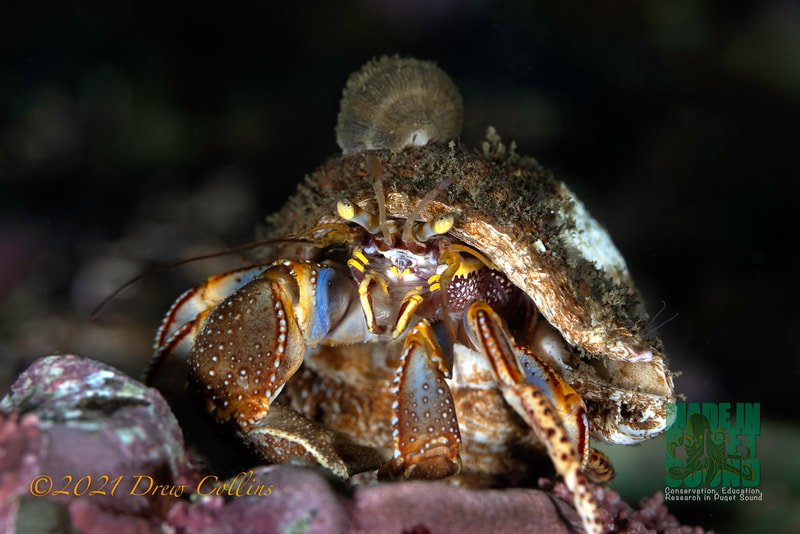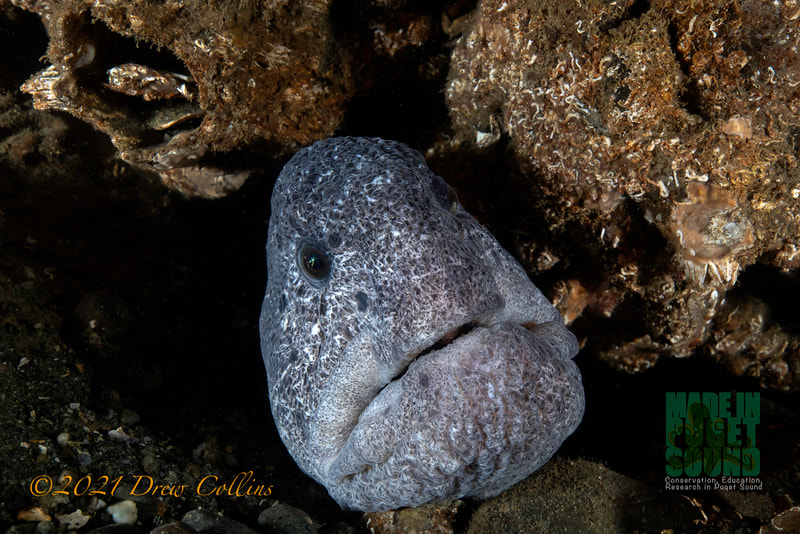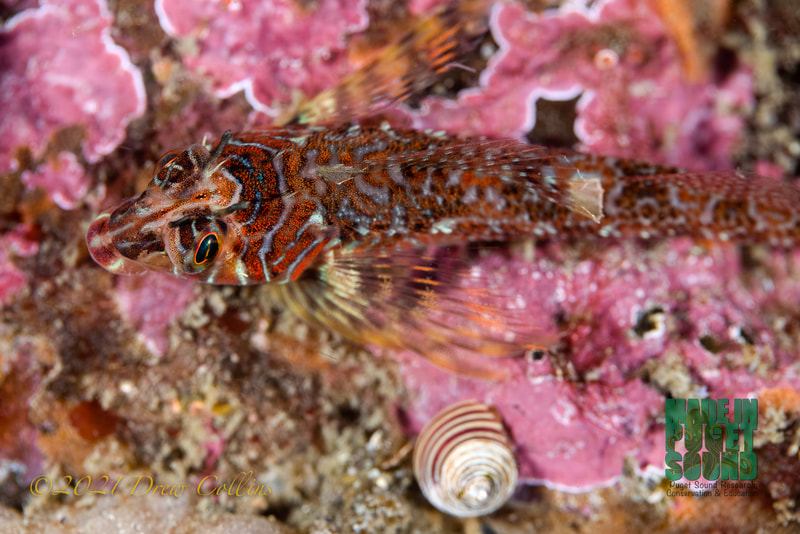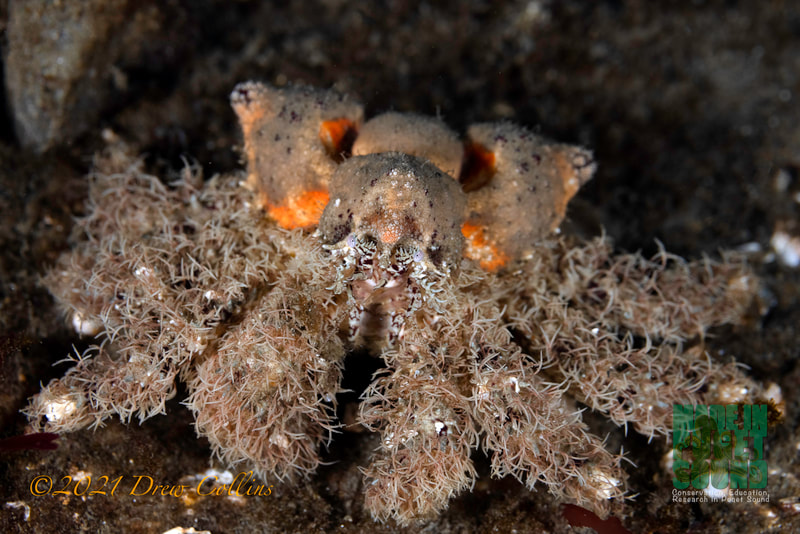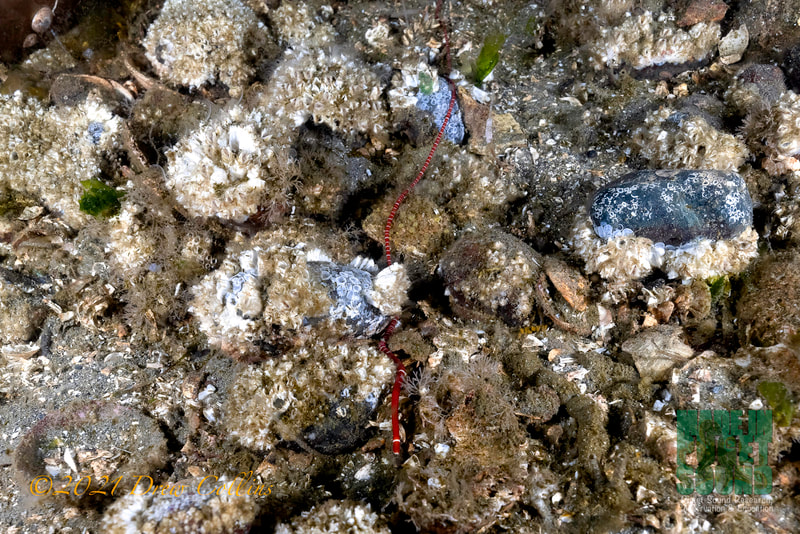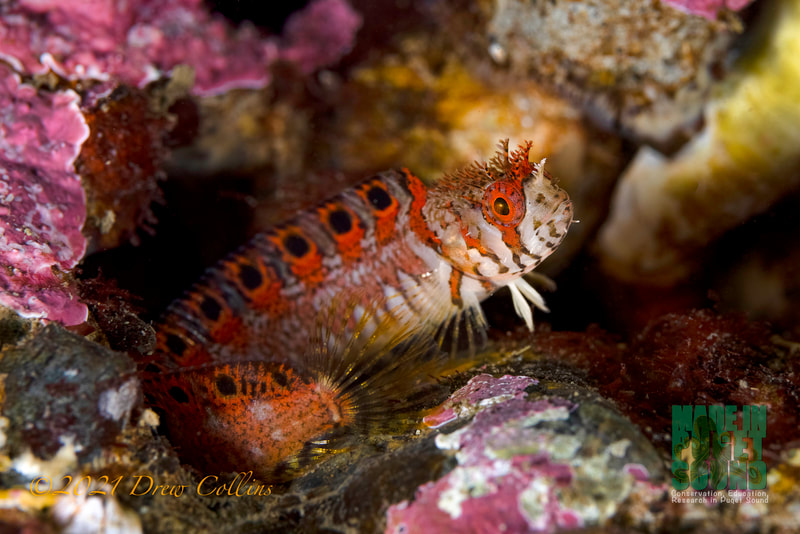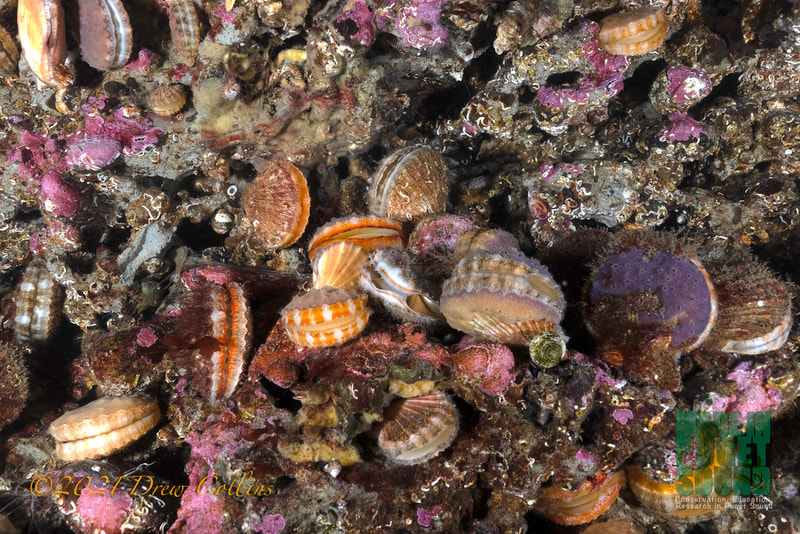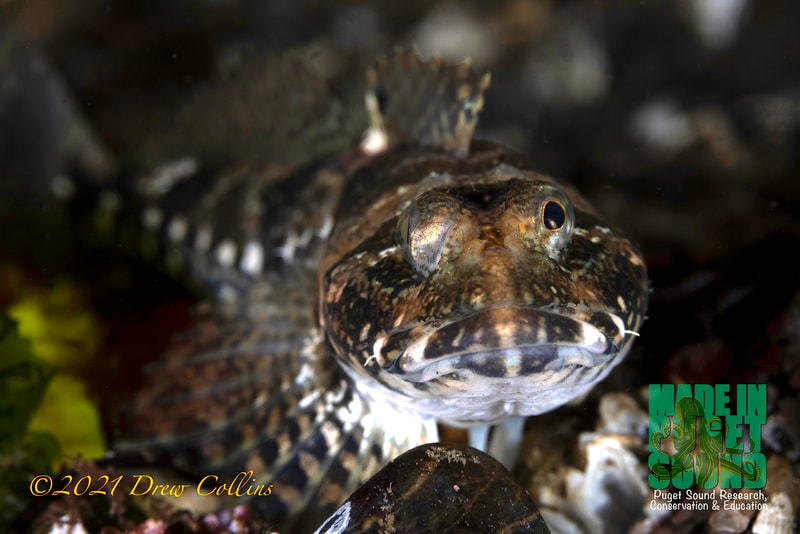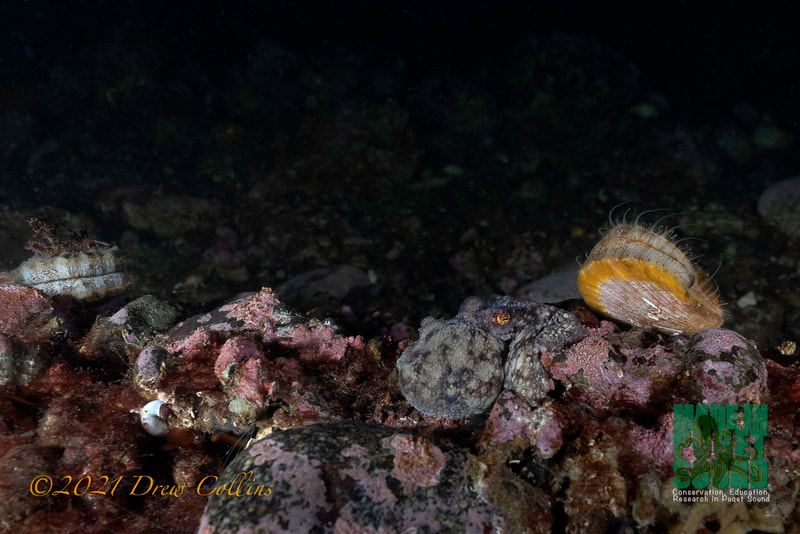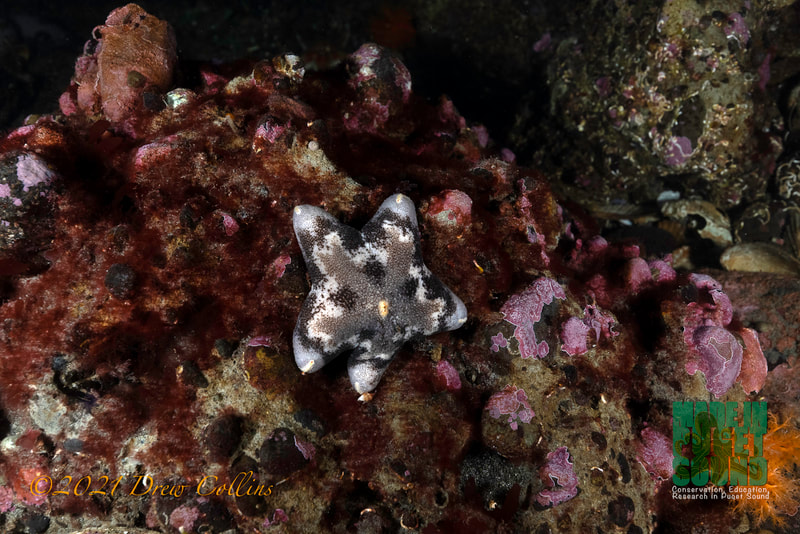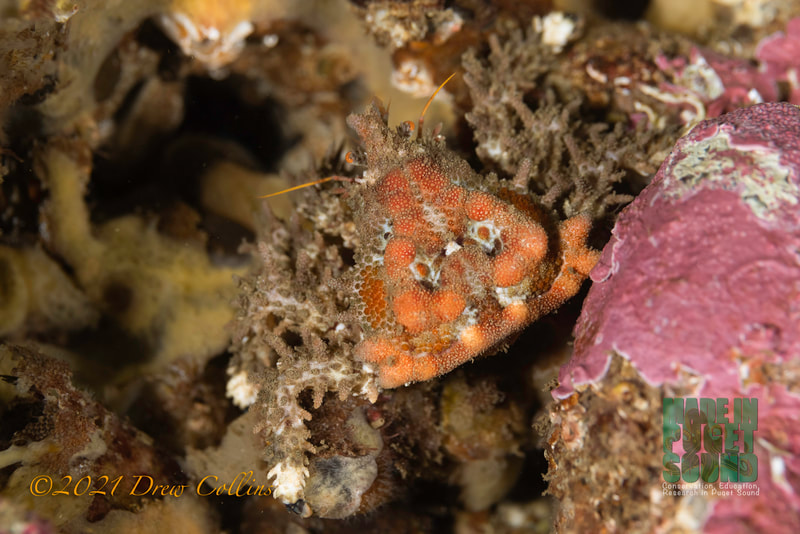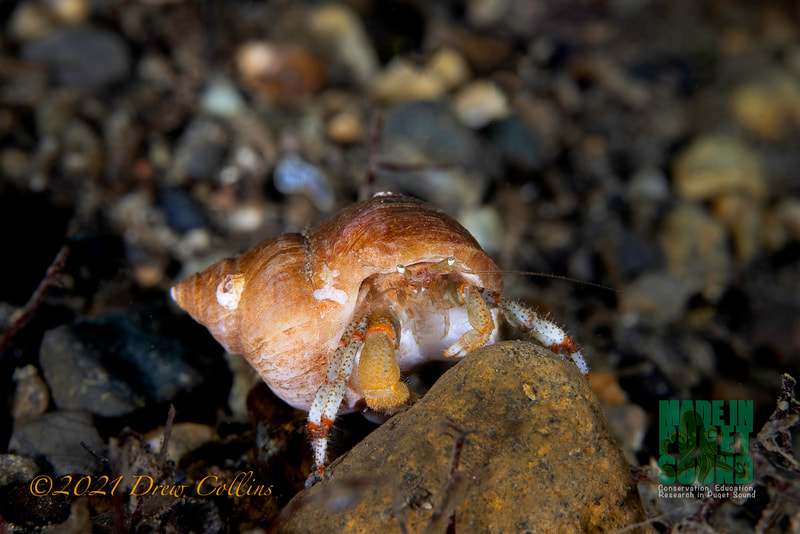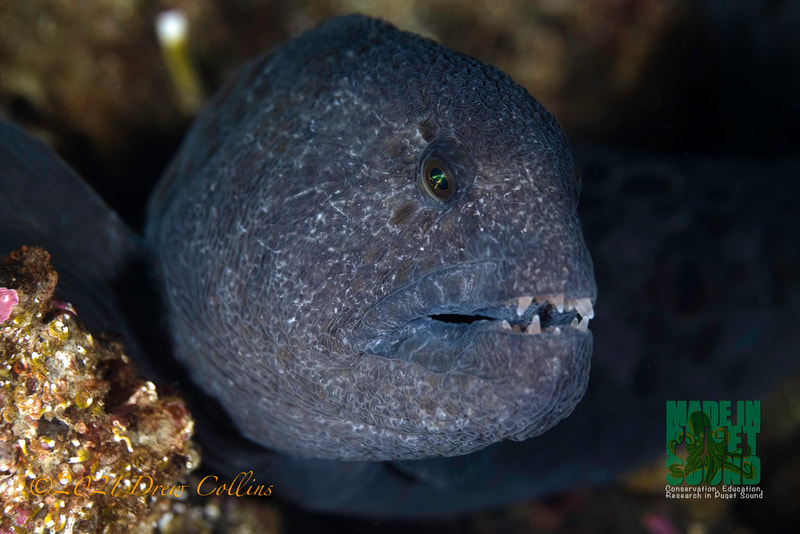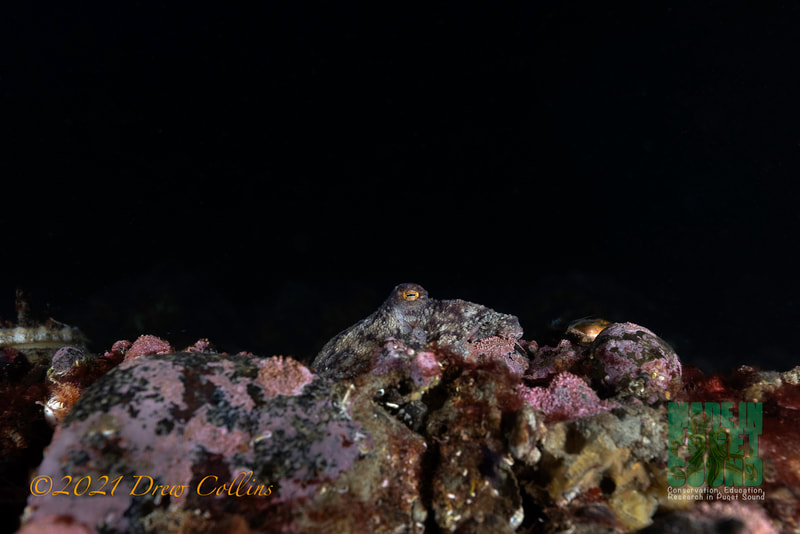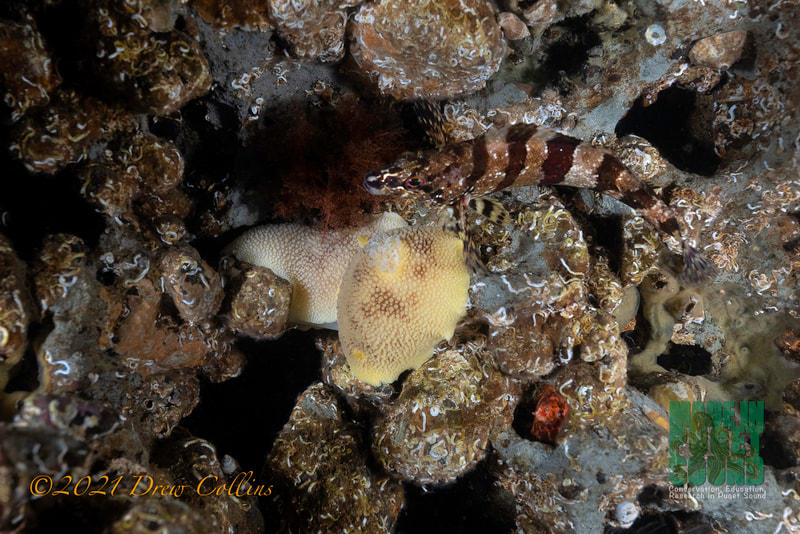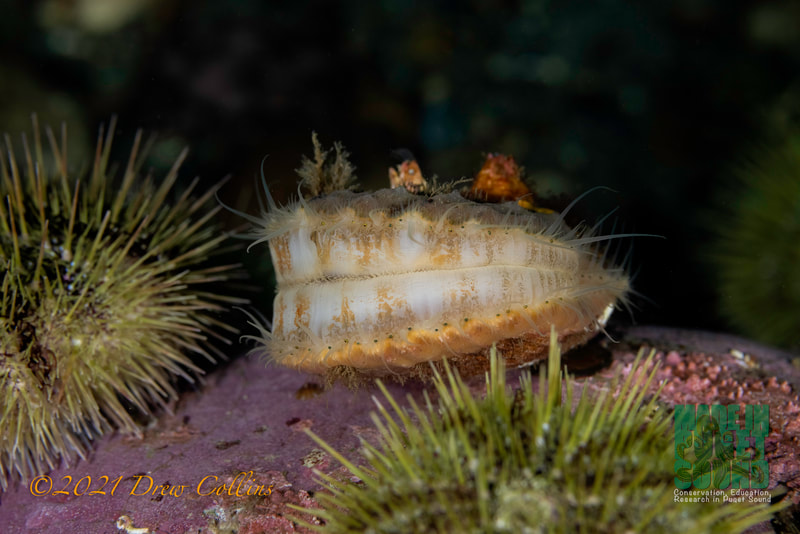Animal Identification
'We’ve sacrificed too much nature during our lifetime'
The first and most important part of conserving our delicate underwater wildlife is identifying our wildlife. Made In Puget Sound works very hard to bring the rarely seen and nearly impossible to explore underwater world into classrooms, labs, and homes for all to see. Our researchers and marine biologists continually explore our local waters in ways never before attempted. Our divers and drones go to places that researchers were unable to visit even a decade ago.
Sacrificing nature comes at steep cost. Continual population growth brings increasing traffic, pollution, and loss of habitat. Salmon populations and runs are down over 90% in less than 100 years. Southern Resident Orca numbers are falling every year. Octopus, crab species, fishes and so many more are declining in numbers every year. Scientists, biologists, and researchers need the important we are providing.
Below is our growing catalog of many species found in our cold, green Puget Sound waters. We are continually adding more plants and animals to this list. We welcome other local explorers to get involved as well.
Sacrificing nature comes at steep cost. Continual population growth brings increasing traffic, pollution, and loss of habitat. Salmon populations and runs are down over 90% in less than 100 years. Southern Resident Orca numbers are falling every year. Octopus, crab species, fishes and so many more are declining in numbers every year. Scientists, biologists, and researchers need the important we are providing.
Below is our growing catalog of many species found in our cold, green Puget Sound waters. We are continually adding more plants and animals to this list. We welcome other local explorers to get involved as well.
All images below were shot with Canon R5 mirrorless camera in Puget Sound and Hood Canal.
No animals were touched, moved, staged or harmed.
No animals were touched, moved, staged or harmed.
Nudibranchs, Octopus, Chitons, Bivalves
Most of the animals in these categories are small, usually in shallow water, many have a hard outer shell and a radula (tongue) for scraping the surface to get their food. Nudibranchs do not have eyes. They have a rhinophores with special receptors at the front end of their bodies. When they sense danger, the rhinophores are withdrawn for safety.
Nudibranchs
There are over eighty nudibranchs in Puget Sound. This includes dorids, triophas, aeolids, and many more. All of these animals have soft underbelly They also have two or four rhinophores. This chemosensory may be pointed, rounded, club-shaped, rod-shaped, even ear-like composition, usually the most prominent part of the external head anatomy.
Octopuses
Puget Sound is home to three varieties of Octopuses. The Giant Pacific Octopus, the Pacific Red Octopus and the Smooth-skin. The third lives in very deep waters and is rarely ever seen. Octopuses (not octopi) have three hearts, blue blood, are very curious and solitary. They only live to about three or four years at most, and die after mating.
Shrimps, Crabs, Sea Spiders, Barnacles, Sea Spiders
Sea Stars, Brittle Stars, Feather Stars, Urchins
Vertabrates
Vertebrates have a skeletal structure with a spinal column - backbone. Invertebrates do not have a backbone. Vertebrates also have a well-developed internal skeleton of cartilage and bone and a highly developed brain that is enclosed by a skull. In our waters they can range in size from tiny to very large.
Sculpins
Pacific Spiny Lumpsuckers
Wolf eels, Warbonnets, Gunnels and others
Sea Stars, Sea Urchins, Sand Dollars, Feather Dusters
These animals are any member of the phylum Echinodermata of marine animals. The adults are recognizable by their radial symmetry, and include sea stars, sea urchins, sand dollars, sea cucumbers, and others.
Jellyfish, Wolf eel, etc.
Your Contributions make our work possible
We’re motivating people to get involved through our innovative technology and research programs
making our Puget Sound region a greener and healthier place to live.
making our Puget Sound region a greener and healthier place to live.
